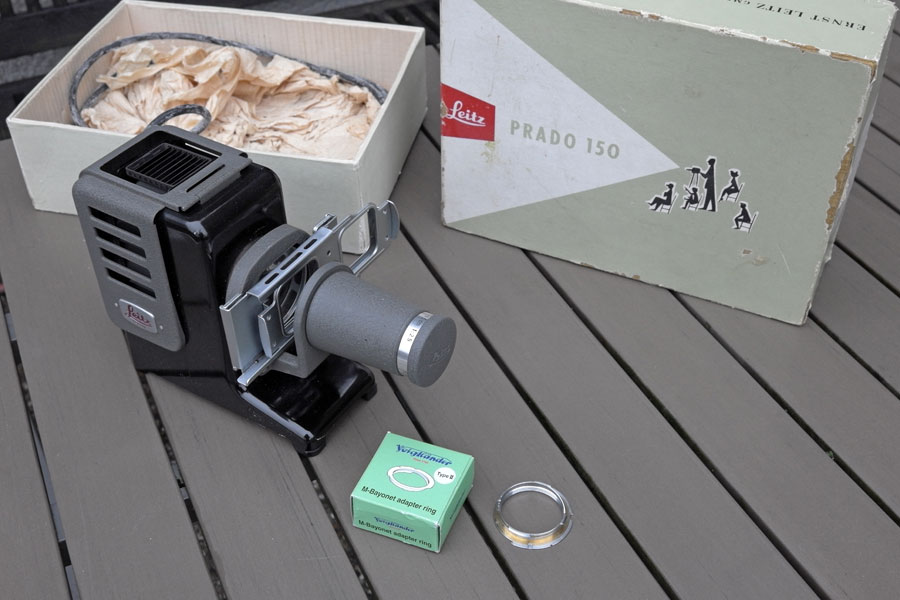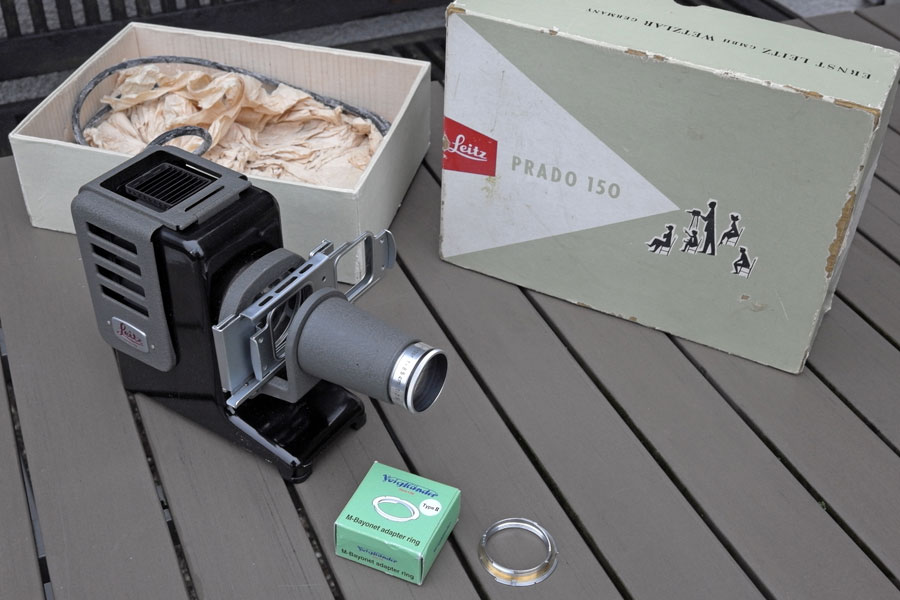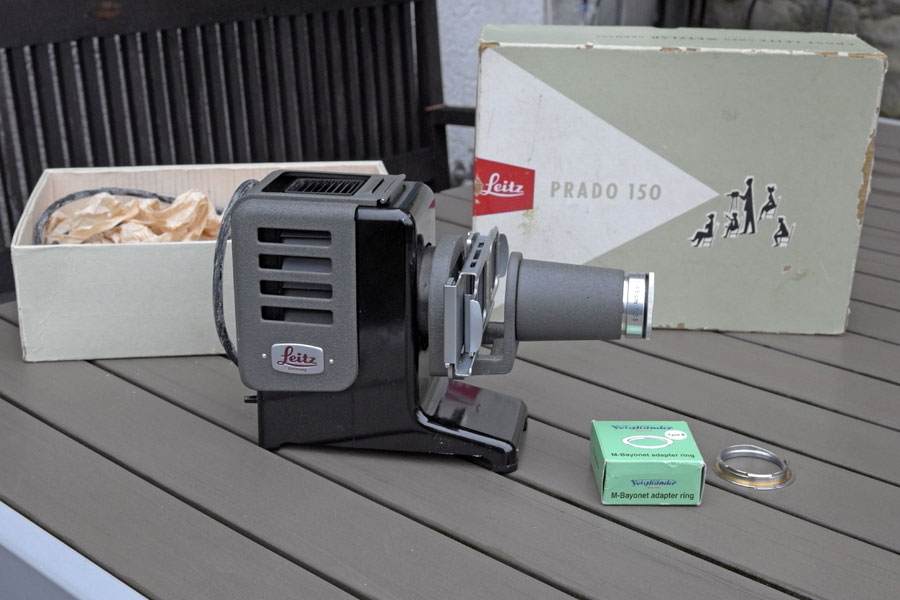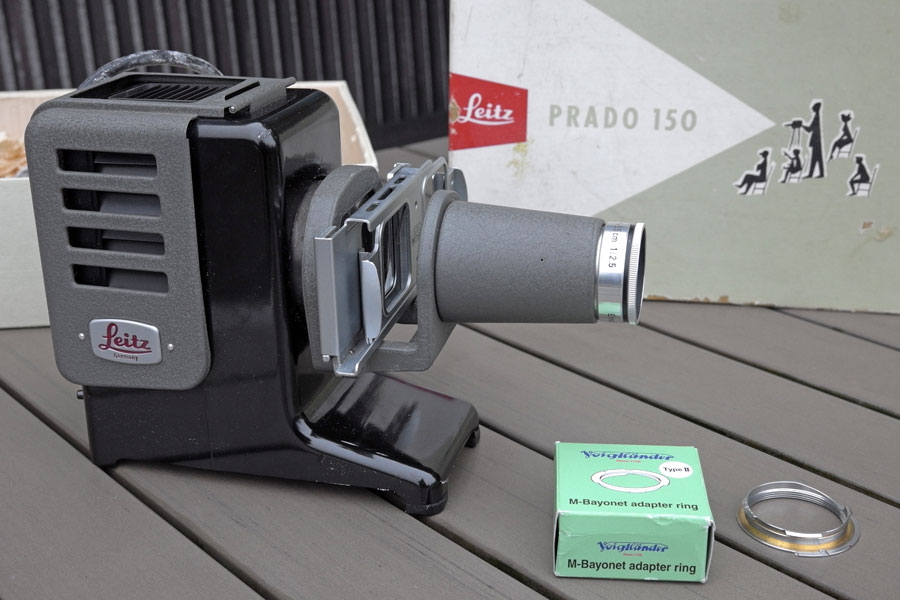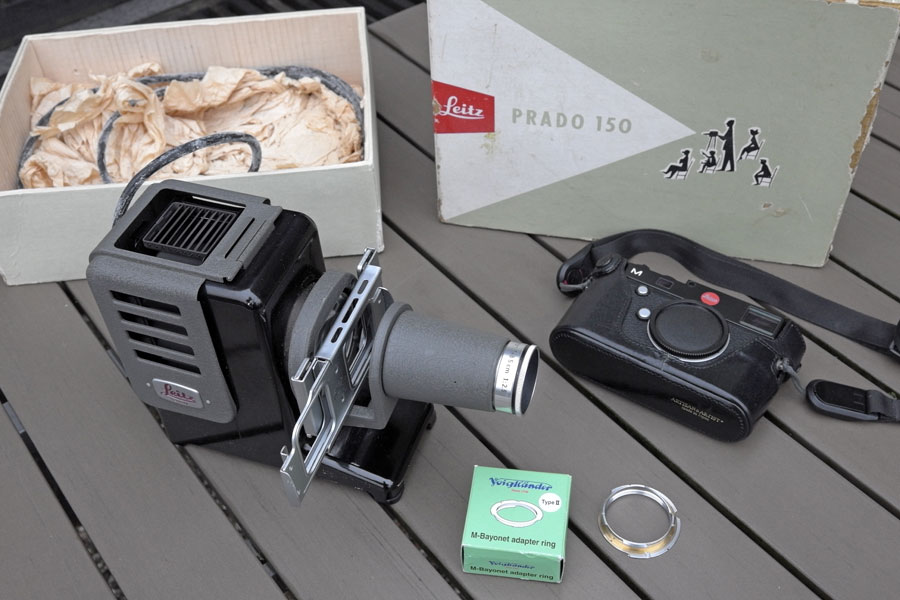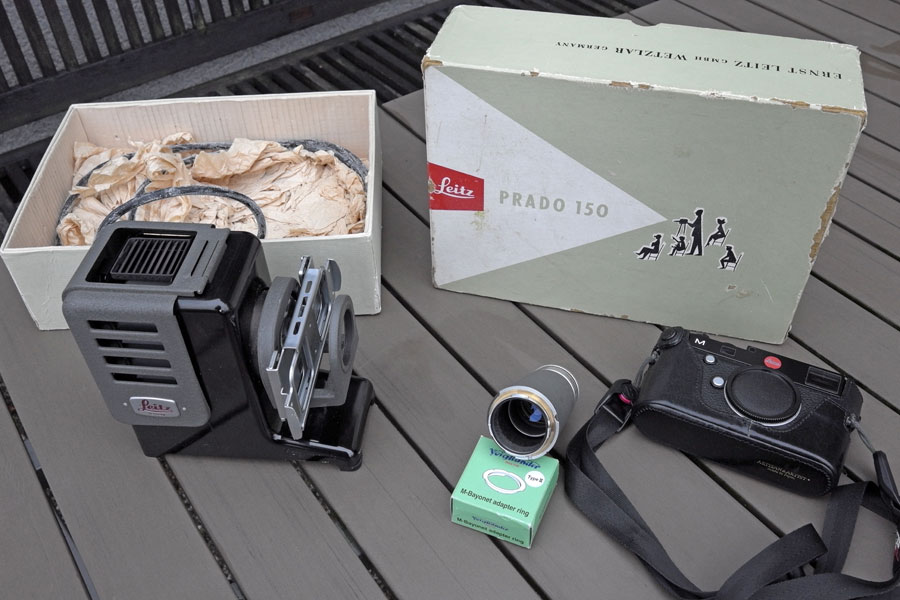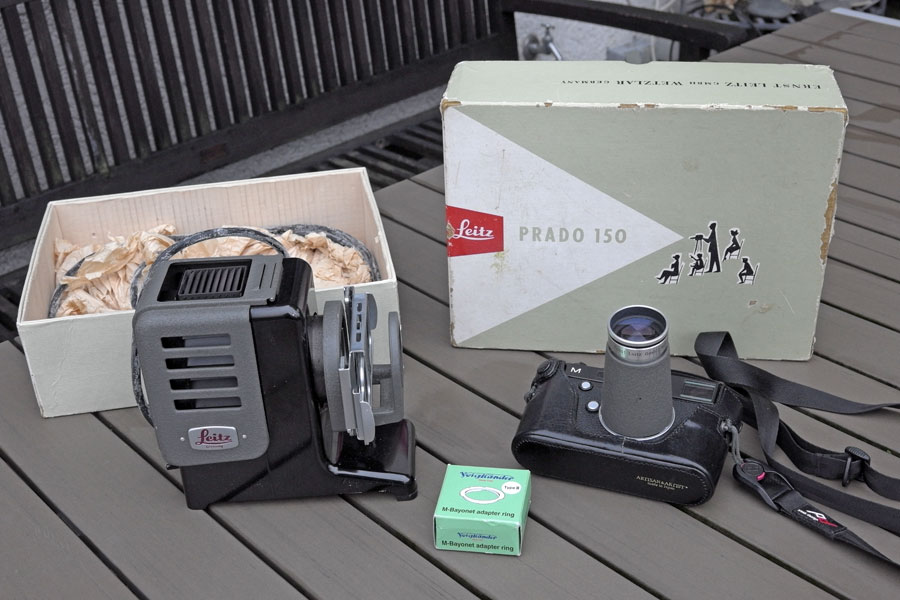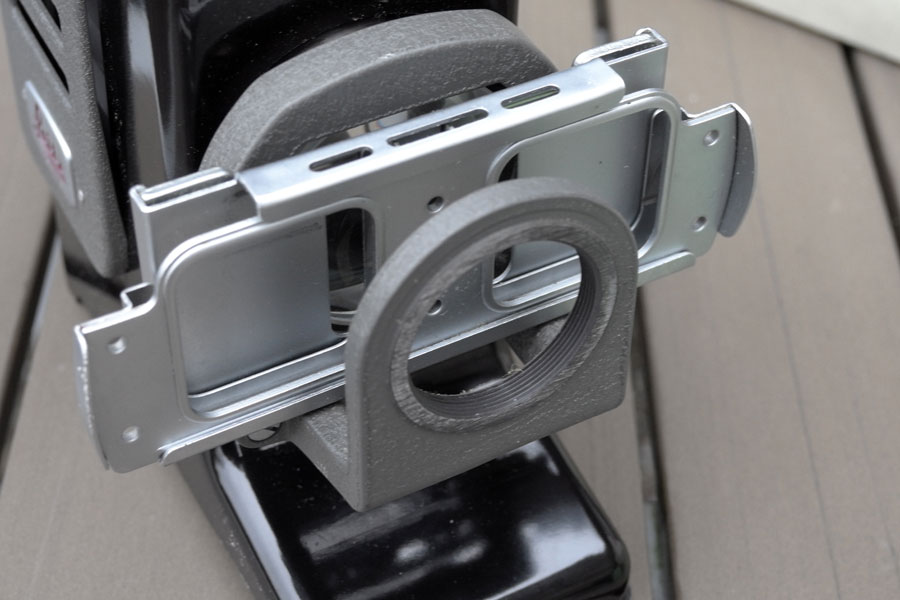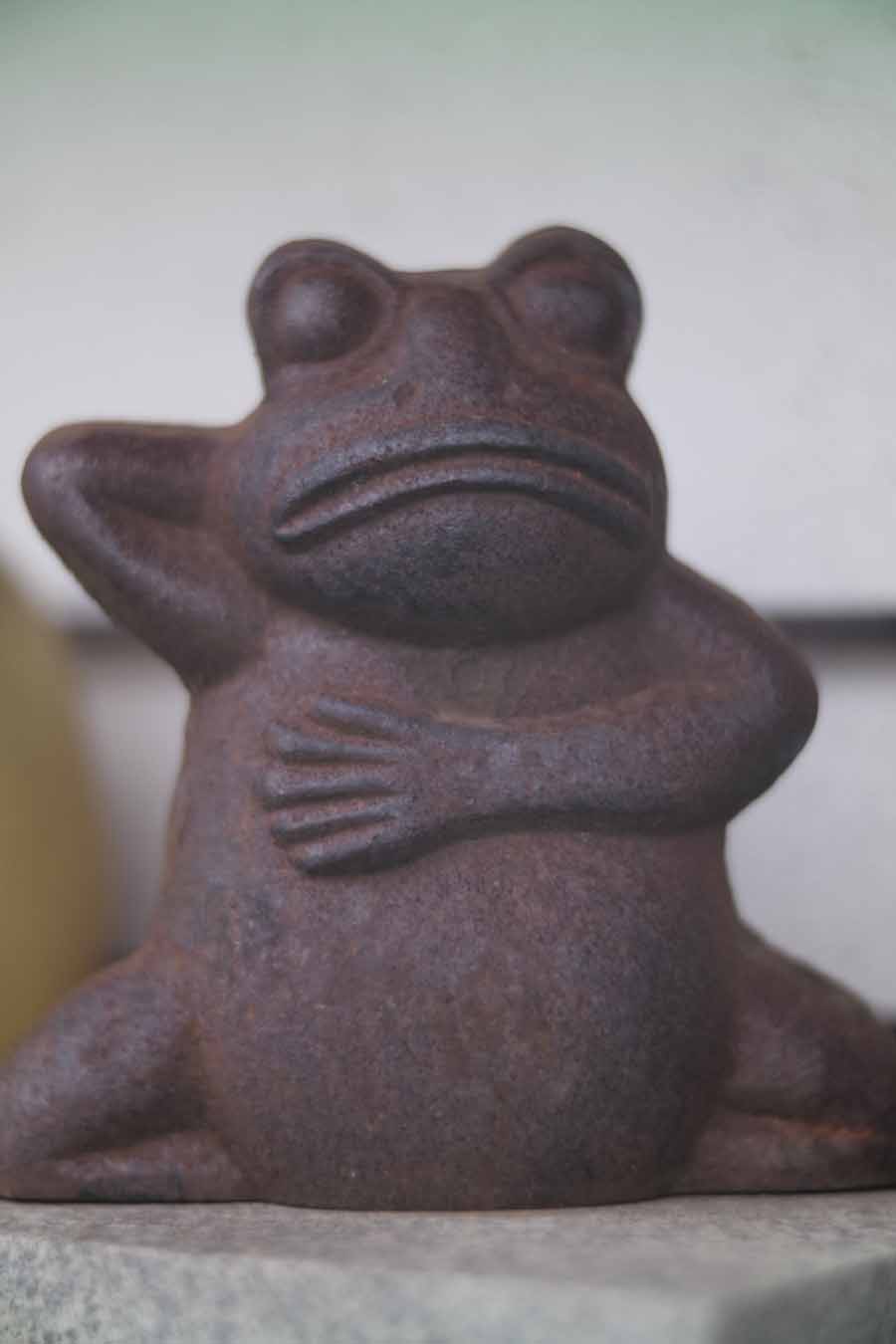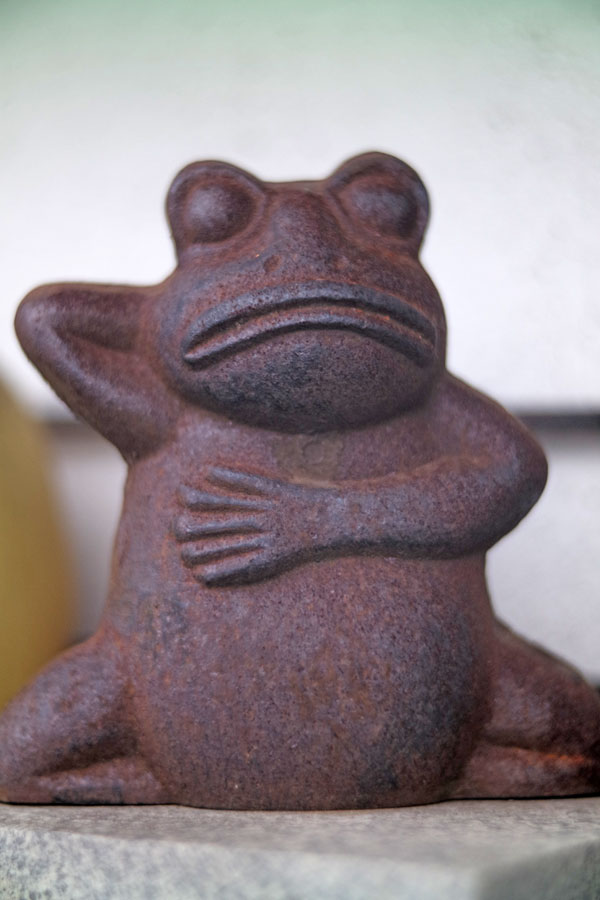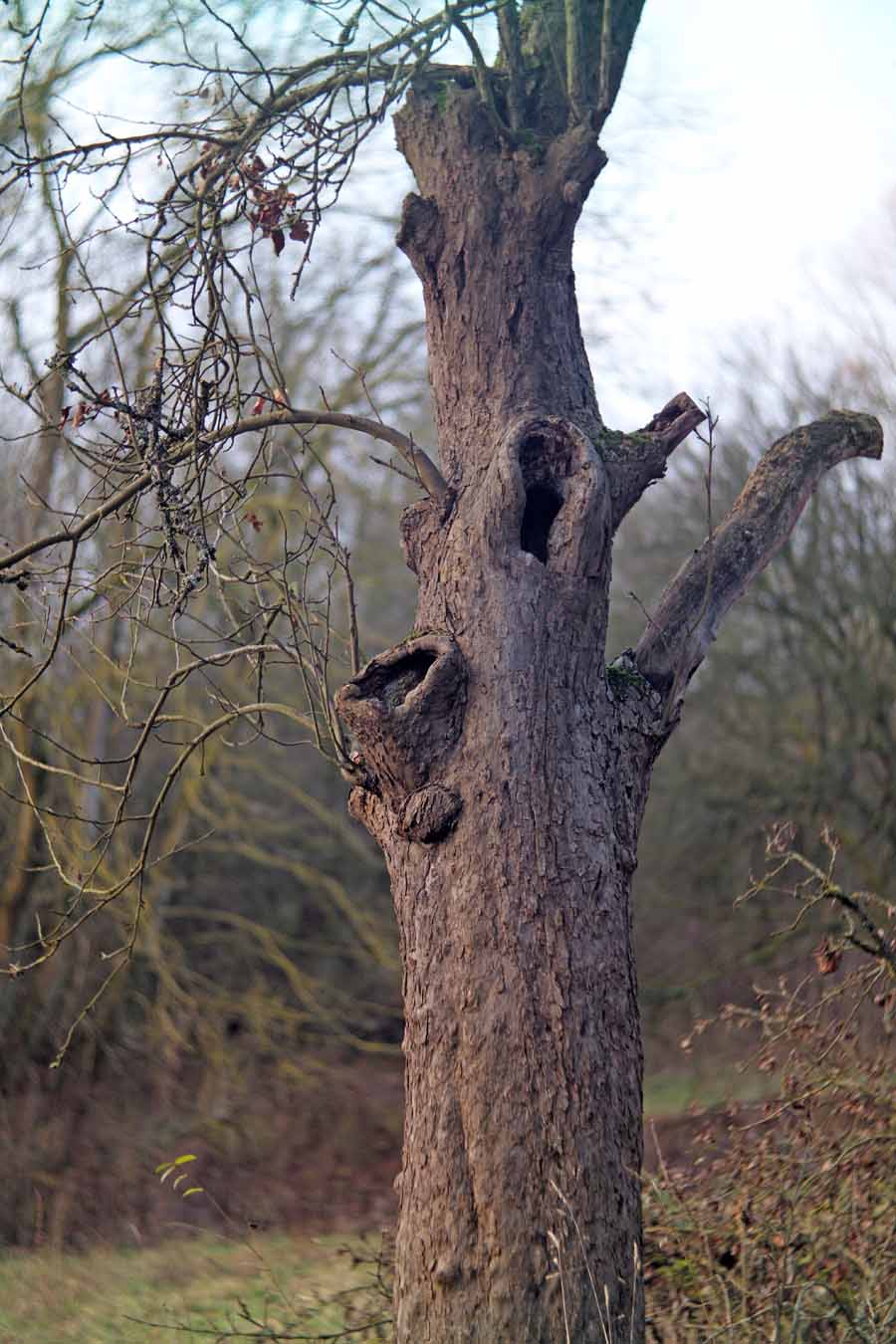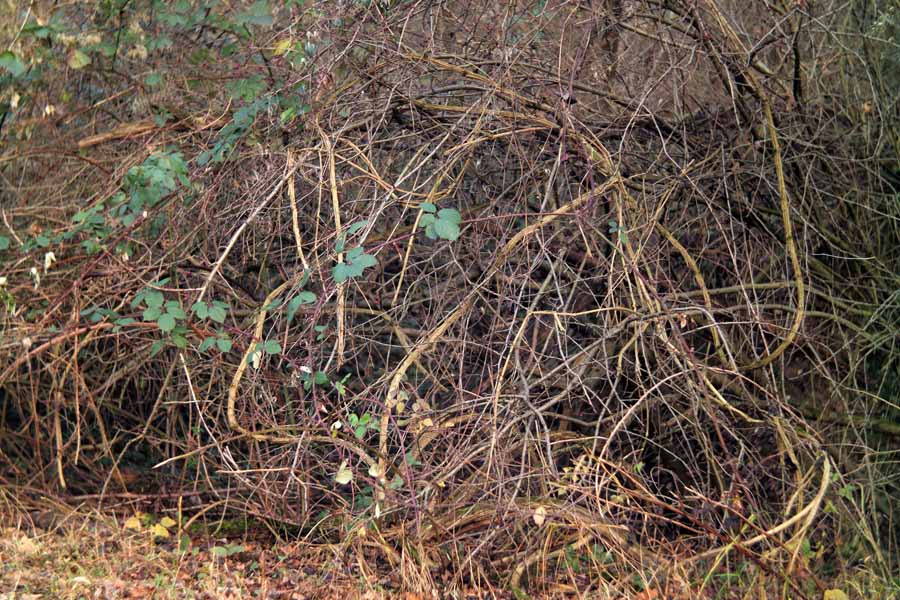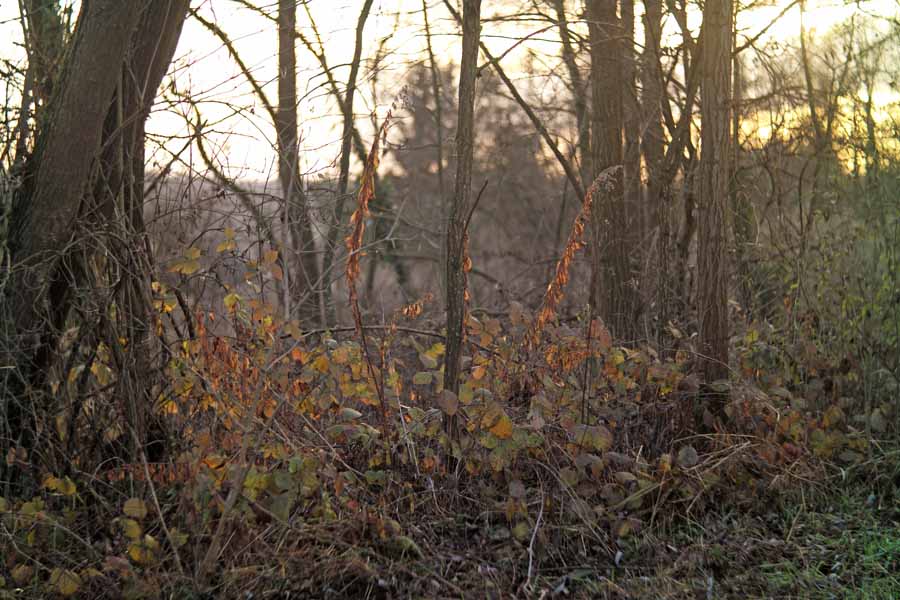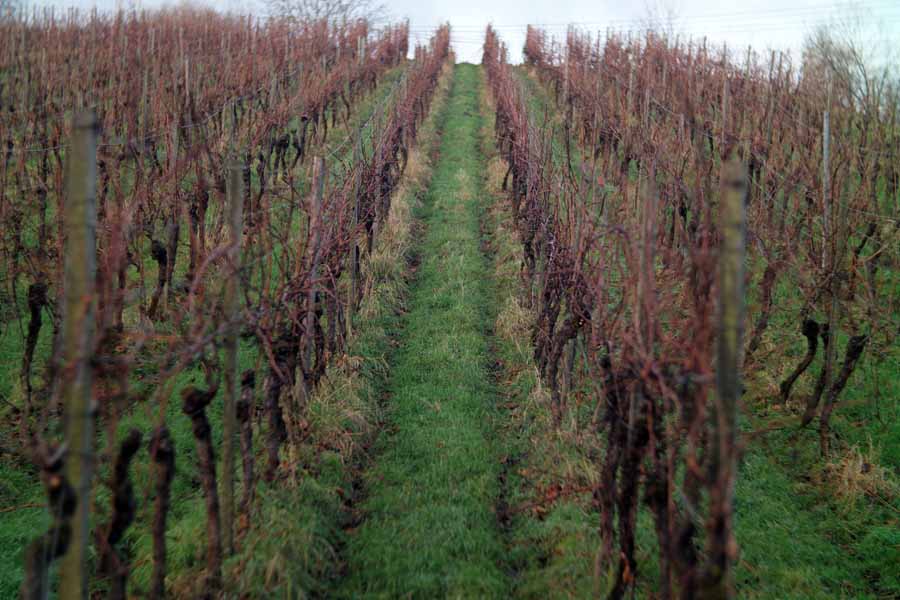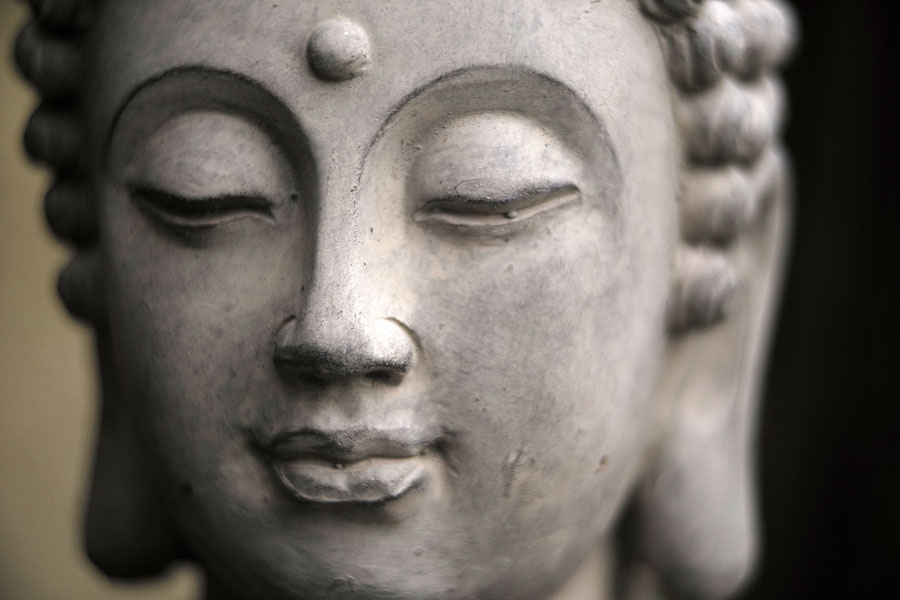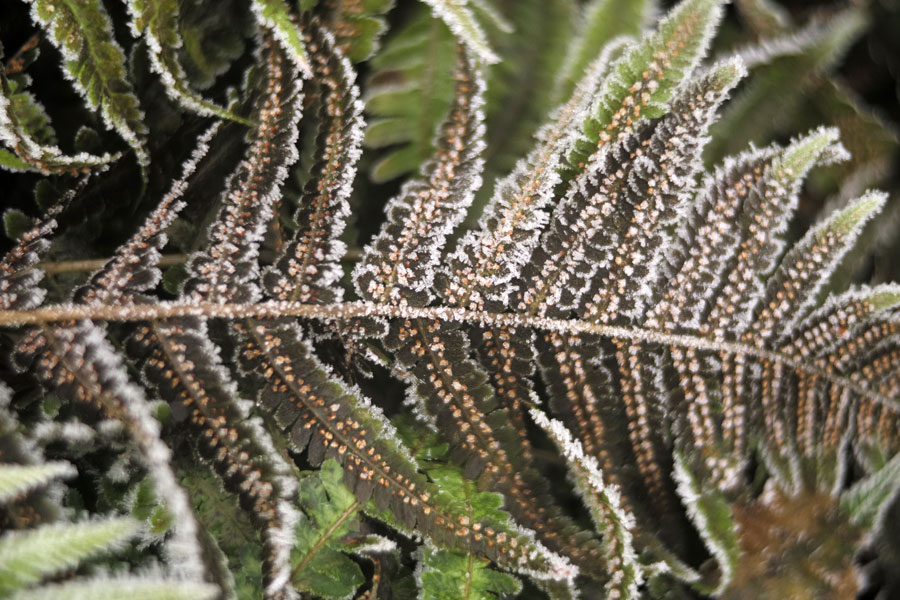Leica M (Typ 240): Leitz 85mm f/2.5 (M39)
Introduction | Body with Lens Attached | Some Technical Data | Color Shading and Vignetting | Sample Images | Close-Up Behavior | Conclusions | Links
On these pages you can find my first personal experiences with my M-mount lenses at the Leica M (Typ 240). This page is different, though, because it presents my experiences with a M39 projection lens that I adapted via an M-mount adaptor to the camera. I was inspired to perform this fun experiment by a posting (Echtes Leica-M Objektiv für EUR 20.- / real Leica-M lens for 20,0 EUR) in the l-camera-forum (by Hans-Joachim Gienauer; in German). The poster adapted a Leitz Prado 150 projection lens, a Leitz Hektor 85mm f/2.5 lens to his Sony A7 using an appropriate adapter and also presented a number of sample photos that he had taken with this equipment.
Since I had kept the same model of slide projector from my father (and I had used it as a child...), I decided to replicate this experiment on my Leica M (Typ 240) using a Voigtländer M-mount adapter ring. So, here are the results of my "fun experiment" and please take all this not too seriously. By the way, this lens even cost me zero Euros only...
All lens pages: Voigtländer 15mm f/4.5 | Voigtländer 15mm f/4.5 III | Zeiss Biogon 21mm f/4.5 | Leica Elmarit-M 21mm f/2.8 ASPH. | Leica Elmar-M 24mm f/3.8 ASPH. | Voigtländer 25mm f/4 (M39) | Minolta M-Rokkor 28mm f/2.8 | Zeiss Biogon 35mm f/2.8 | Zeiss Sonnar 50mm f/1.5 | Voigtländer 75mm f/2.5 (M39) | Leitz Hektor 85mm f/2.5 (M39) | Leitz Elmar-C 90mm f/4 | Leitz Tele-Elmarit-M 90mm f/2.8 | Leitz Tele-Elmar 135mm f/4
See also: Leitz Tele-Elmarit-M 90mm f/2.8 versus Hektor 85mm f/2.5 - Leitz Tele-Elmarit-M 90mm f/2.8
Introduction
As mentioned above, a poster in the l-camera-forum reported on how he had adapted a Leitz Prado 150 projection lens, a Leitz Hektor 85mm f/2.5 lens, to his Sony A7 using an appropriate adapter and also presented a number of sample photos that he had taken with this equipment. I immediately remembered that I owned the same or a similar slide projector that I had inherited from my father. Now it rested in a box on a shelve... I fetched the box, took out the slide projector - it was indeed a Prado 150 - and found that everything was still there (we had used the lens in another slide projector for some time, but I returned it to the original projector after my father had died). So I firmly grabbed the lens tube and tried to "screw it off". With some effort, I finally succeeded. Then I fetched my Voigtländer Snapshot-Skopar, which is an M39 lens, removed the Voigtländer M-bayonet adapter ring, and screwed it on the end of the lens tube. Finally, I mounted the lens to my Leica M (Typ 240) - and voila! - was able to take a few photos with my "new lens". On of them is the photo below on the left, showing the "remainders" of the slide projector and some more stuff:
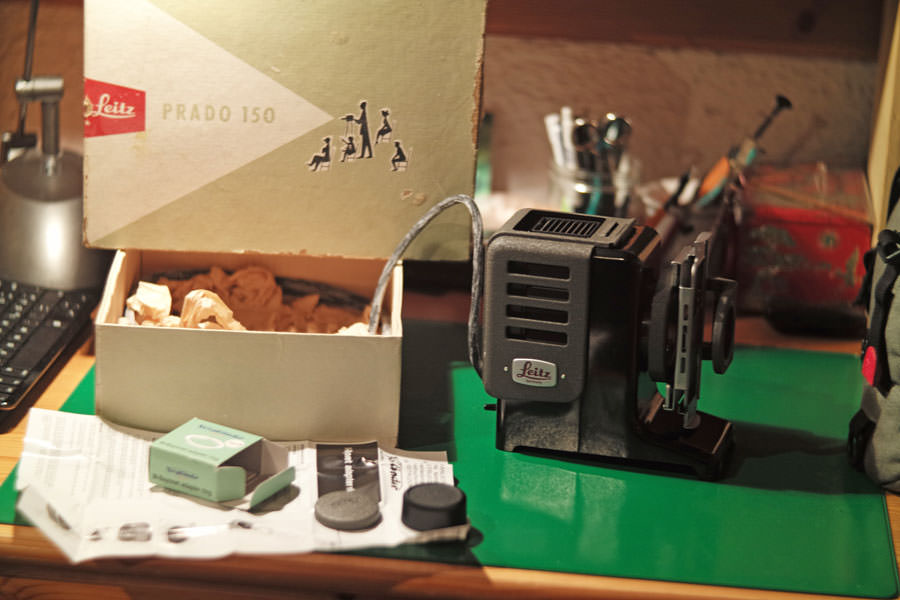 |
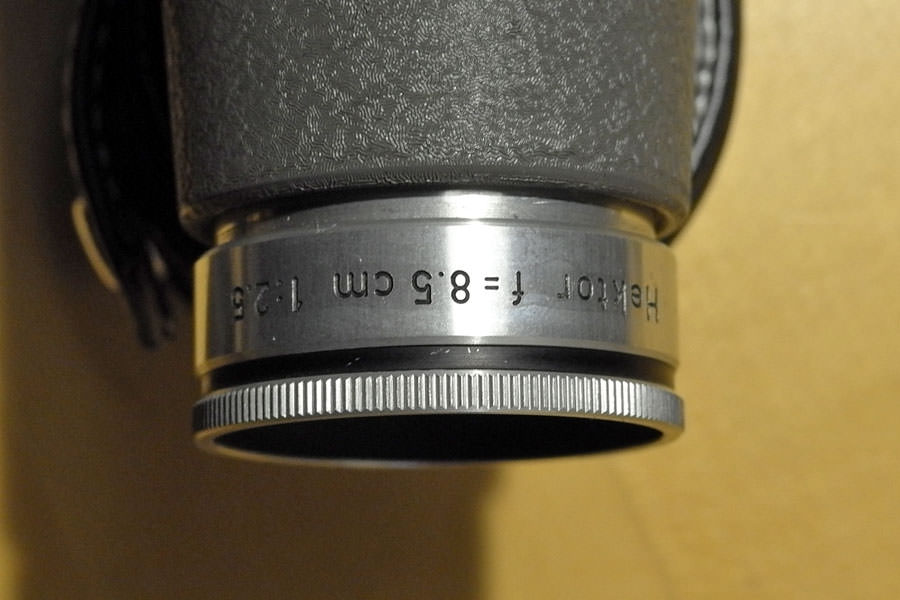 |
Photos: Leitz Prado 150 slide projector photographed with its Leitz Hektor 85mm f/2.5 lens (left); top view of the lens showing its name and technical data (right)
I took a few more photos with this lens and then some more of the camera with the lens fitted to it (see below). The next day, I took many more photos of the equipment to illustrate the lens' conversion from a projection lens into a camera lens, and I also took a number of test photos, although it was a dull day. A selection of these photos are presented in the following.
Please note that this lens does not have an aperture mechanism - it is always "wide open" (that is, at f/2.5). Therefore, you cannot stop it down to improve the images. You have to live with the lens' limitations (including some cyan color shading)...
Thanks to the tube, there is, however, a mechanism for setting the distance with this lens. It goes somewhat beyond infinity at the one end, and can be used up to a minimum distance of about 45 cm from the front for close-ups (if you turn the lens further, it will fall out of the tube).
The lens might be used on my Leitz Bellows II, but I did not mount it to the camera so far (it is a bit cumbersome...).
Leitz Prado 150 Slide Projector
Hektor 85mm f/2.5 Lens
 |
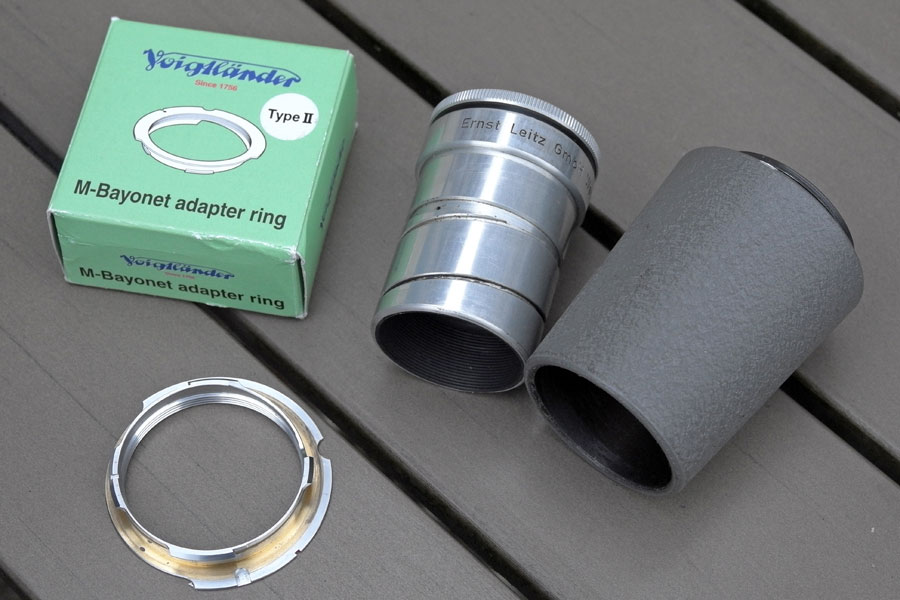 |
|
Hektor 85mm f/2.5 lens in its tube (which allows for setting the distance) |
Hektor 85mm f/2.5 Lens taken out of its tube |
|
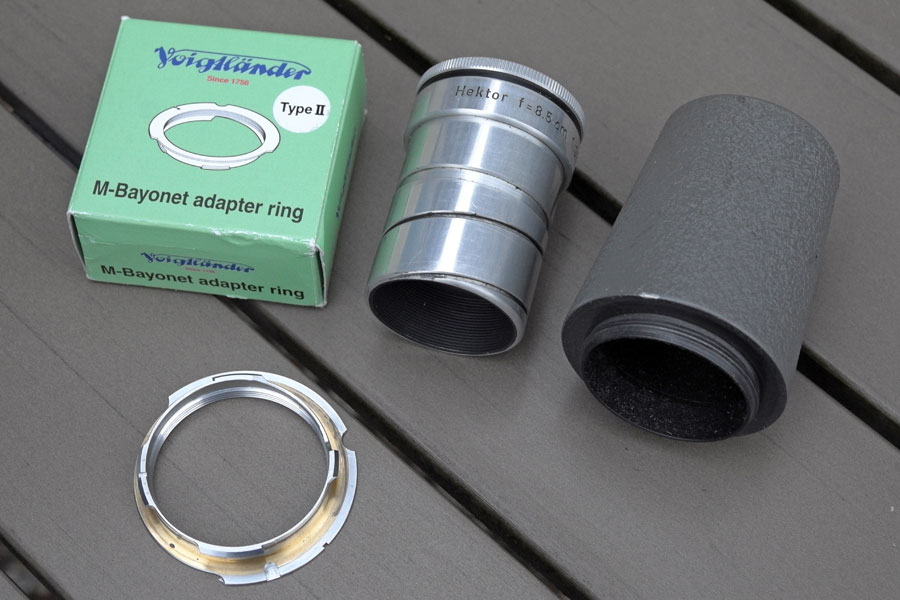 |
 |
|
Tube turned around to demonstrate the M39 screw mount |
Voigtländer M-mount adapter ring attached to the lens |
|
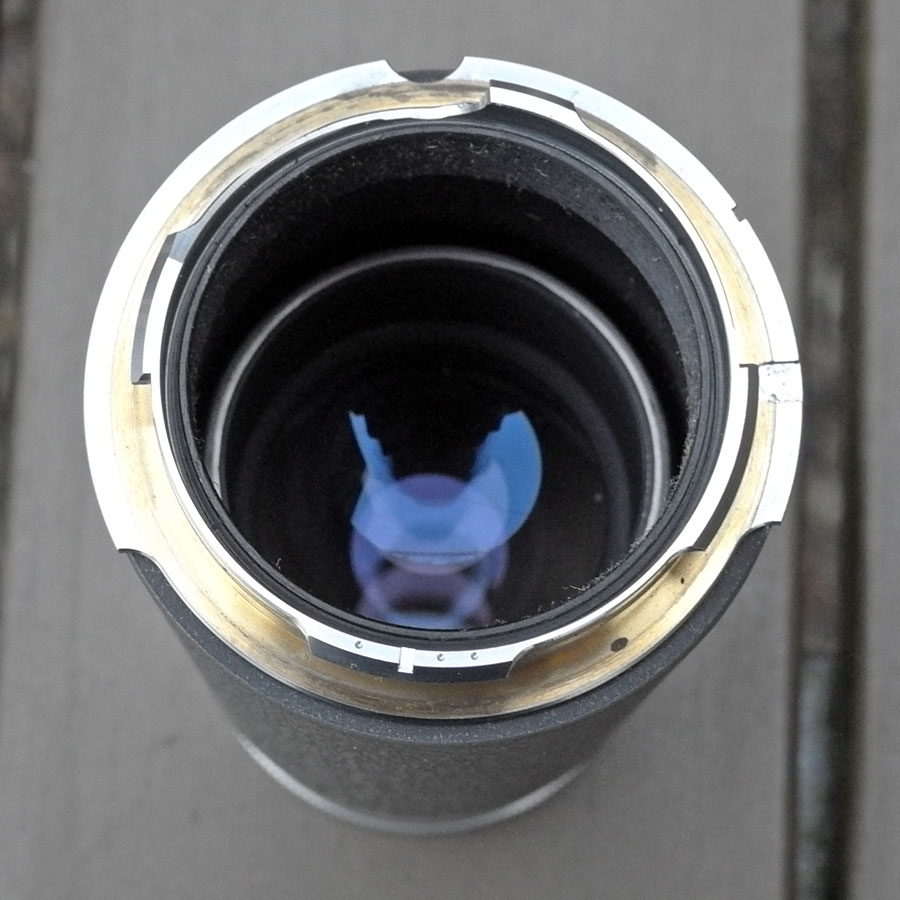 |
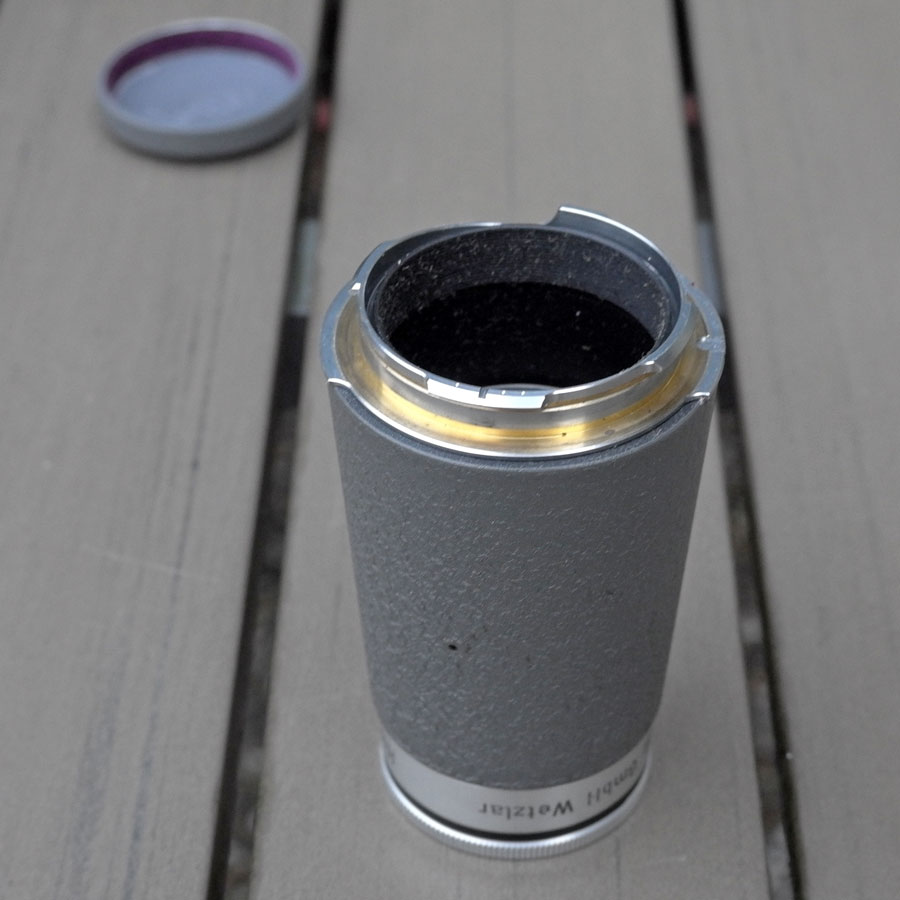 |
|
Ditto |
Ditto |
|
Hektor Lens on Leitz Bellows II |
||
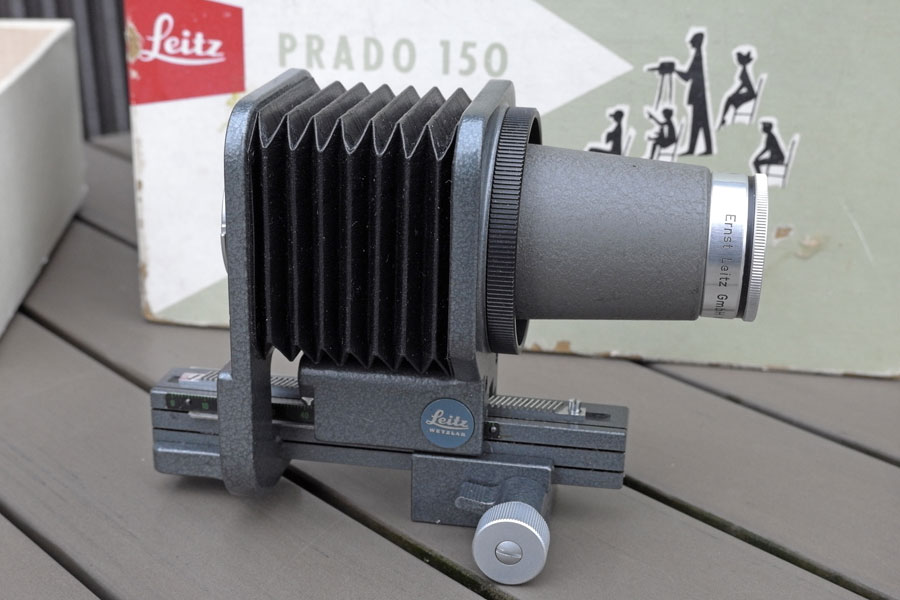 |
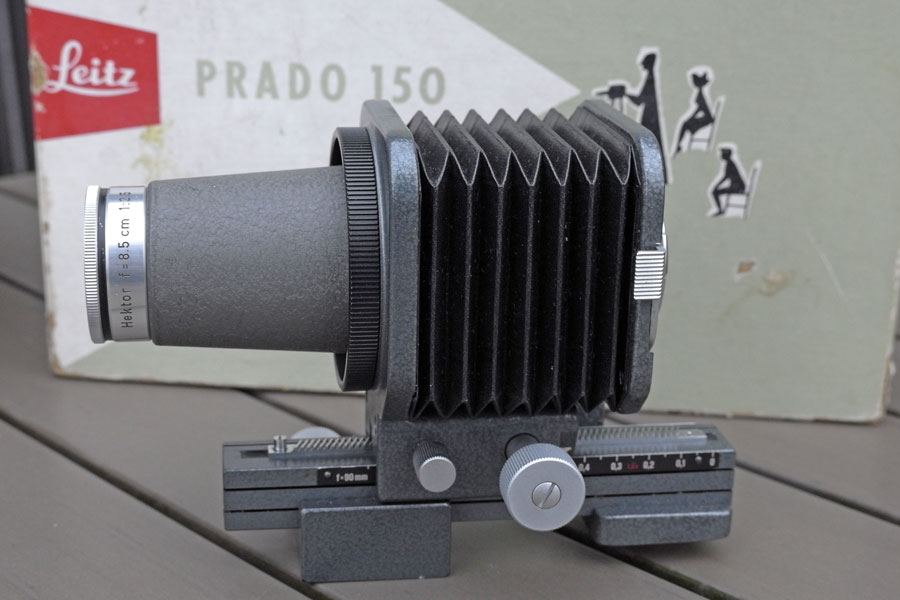 |
|
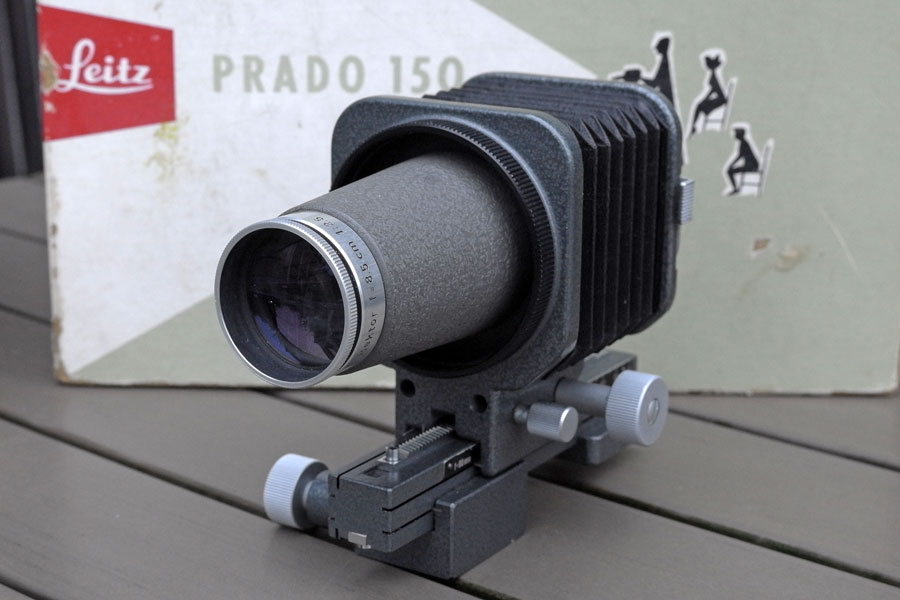 |
Because it takes some effort to mount the bellows to the camera (for details, see here), I did not take photos with this configuration... |
Body with Lens Attached
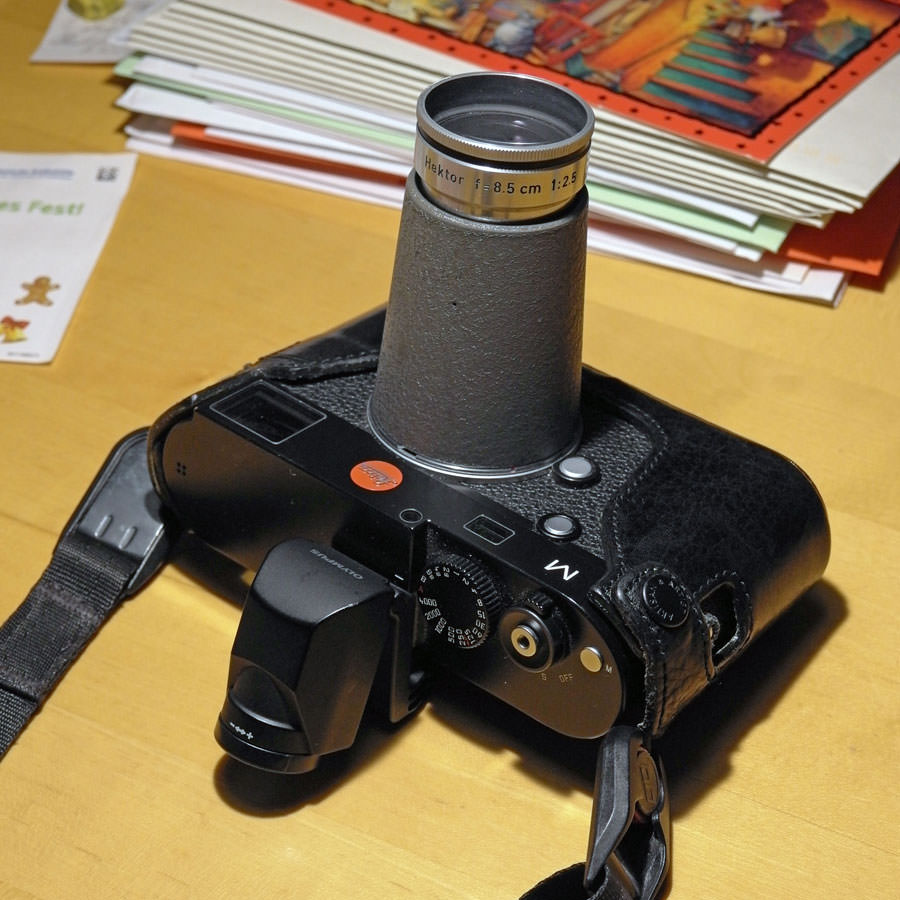 |
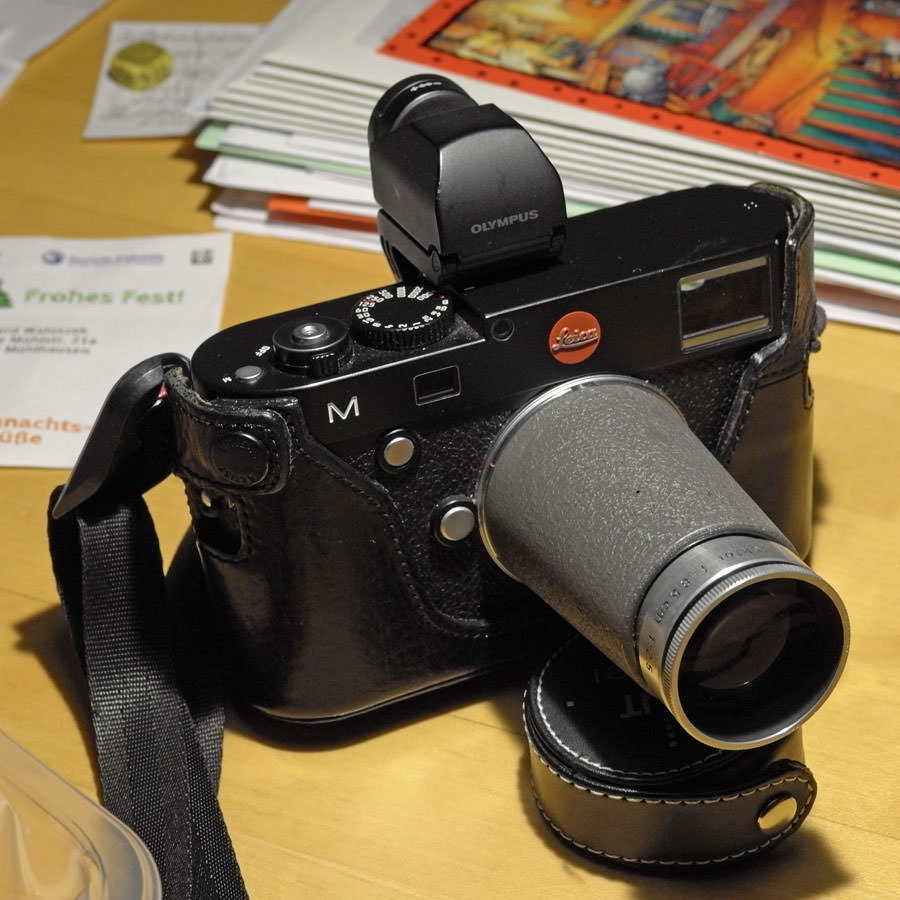 |
Photos: Leica M (Typ 240) with Leitz Hektor 85mm f/2.5 lens
Some Technical Data
| Focal length | 85 mm |
| Maximum aperture | 2.5 |
| f-stop range | 2.5 |
| Number of iris blades | none (no aperture mechanism) |
| Shortest distance | approx. 0.45 m (my own measurement*) |
| Weight (overall** / lens alone) | approx. 200 g / 90 g (w/o lens cap) |
| Length (overall / lens alone) | 78 mm / 56 mm (w/o lens cap) |
| Maximum diameter (overall / lens alone) | 50 mm / 40 mm |
| Smallest object field / magnification | 164 mm x 110 mm / 1:4.6 (my own data***) |
*) lens still fixed in tube; **) with M-mount adapter ring; ***) see photo below; calculated, I get about: 187 x 125 mm / 1:5.2
Color Shading and Vignetting
| Lens Detection Option, Selected Lens | f/2.5 (EV 0) | f/2.5 (EV +1) |
| "Off" None |
 |
 |
| "Off" None Against the blue sky |
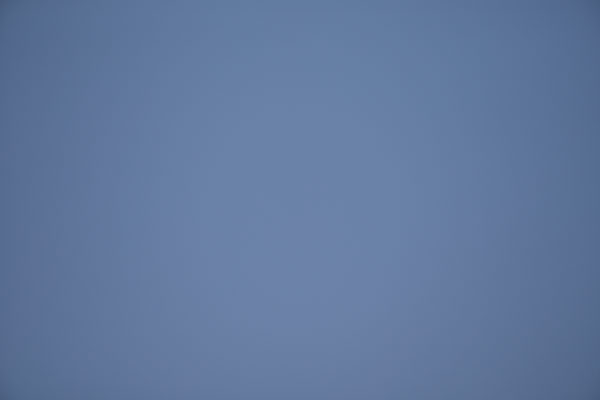 |
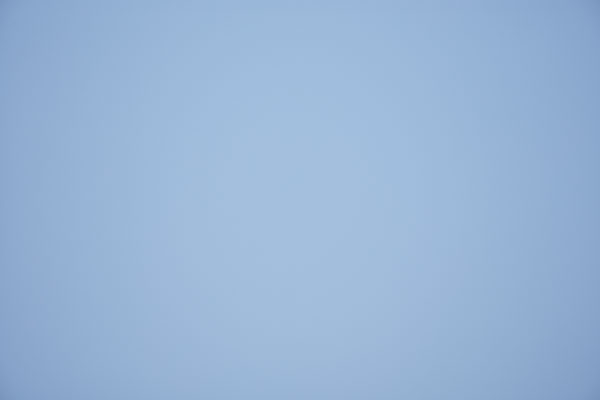 |
| "Manual" Elmarit-M 28mm f/2.8 ASPH. (11606) Erroneous setting... Against the gray sky |
 |
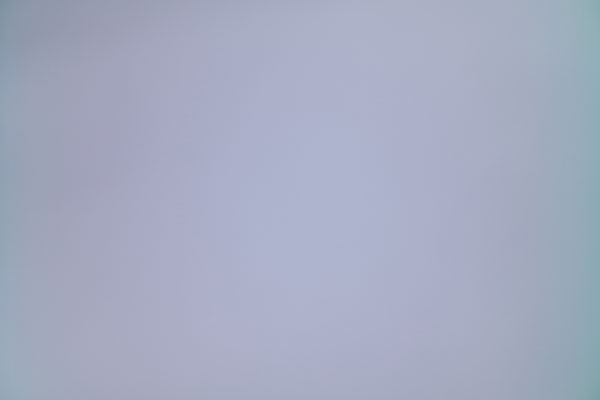 |
Photos: Calibration shots taken with the Leica Hektor 85mm f/2.5 lens (taken at EV 0 and EV +1).
The shots in the top row were taken against a white (calendar) page; the shots in the center row were taken against the blue sky. Vignetting seems to be low, and there is no noticeable color shift.
The shots in the bottom row were shot against the gray sky. Erroneously, I had set "Lens Detection" to "Manual" and "28 f2.8 ASPH. 11606". As a result, there is a cyan color shift at the left and right edges than can also be found on many of the photos on this page, because I had forgotten to set lens detection to "Off". This example demonstrate that you can make things worse by manually setting an inappropriate lens.
Conclusion: This lens has to be used with lens detection set to "Off" (wrong manual settings might introduce a color shift, though, as can be seen above).
My current status: "Lens Detection" set to "Off."
Sample Images
Below are first samples taken with the Leitz Hektor 85mm f/2.5 projection lens (click the images to view the unprocessed original files in a new window).
Note: When taking the photos below (the whole section!), I had set "Lens Detection" to a wrong "Manual" option (28 f2.8 ASPH. 11606), which I had tested for for my Voigtländer 25mm f/4 lens. Since the weak cyan color shading at the left and right edges does not affect the overall impression of the photos, I will not repeat them with the correct setting ("Off") - that would be a lot of work...
Very First Test Shots
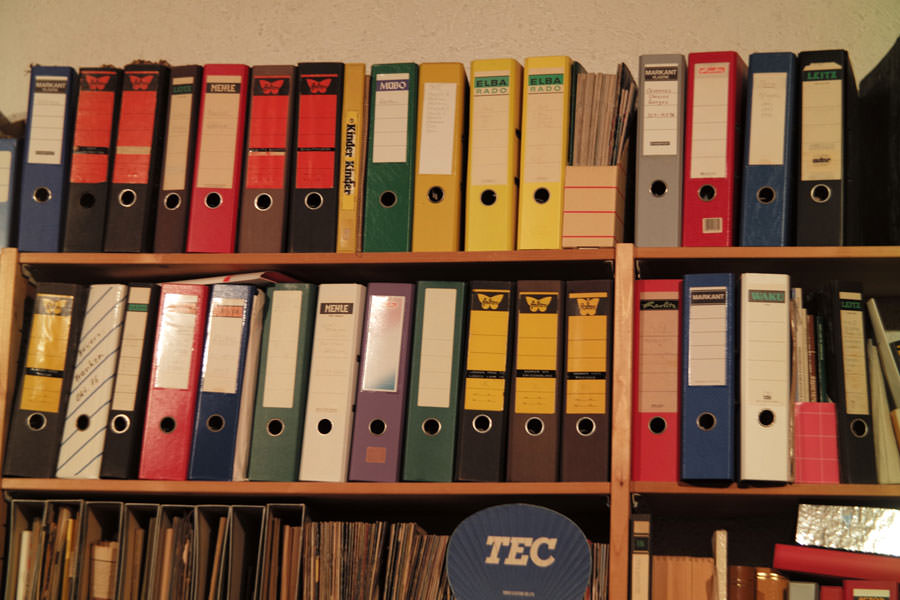 |
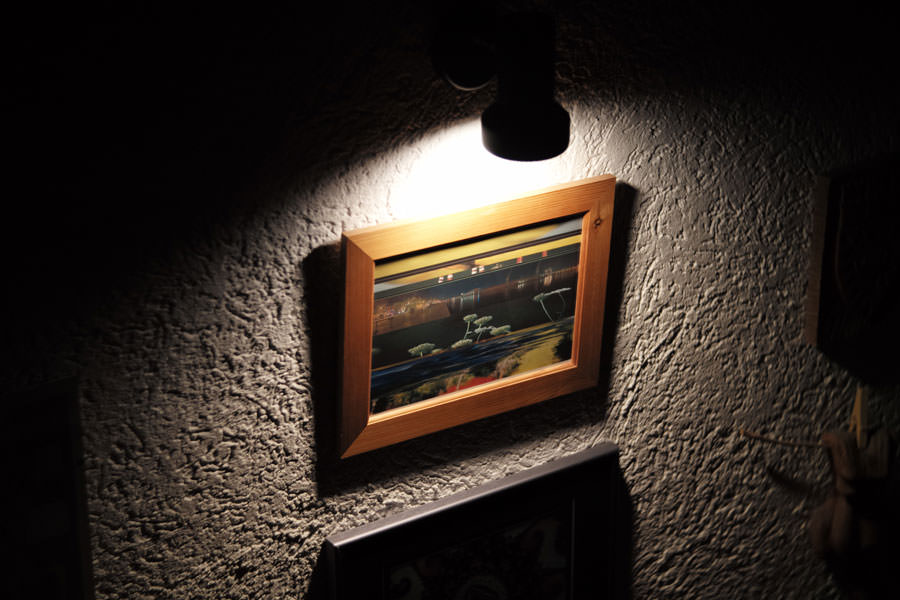 |
More Test Shots - No Color Shading Correction
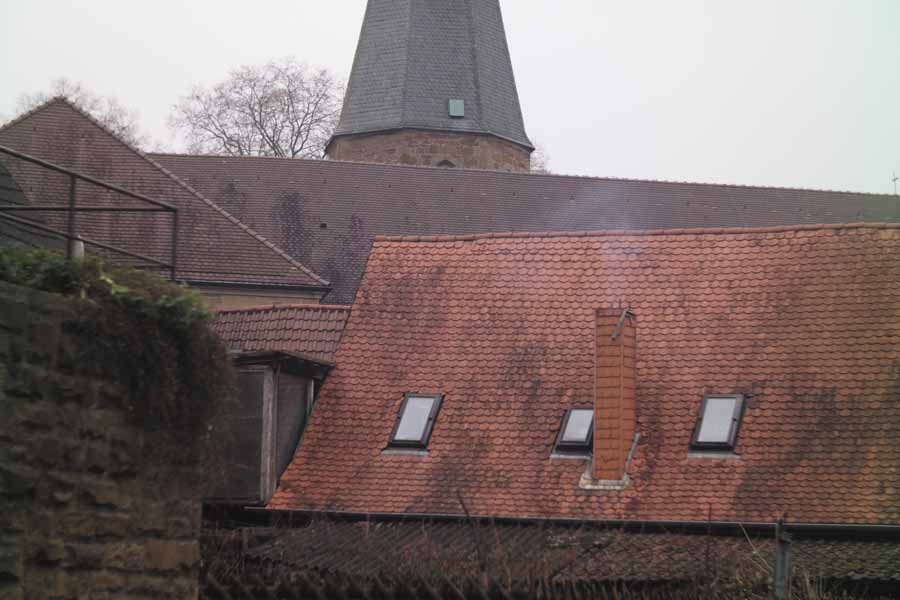 |
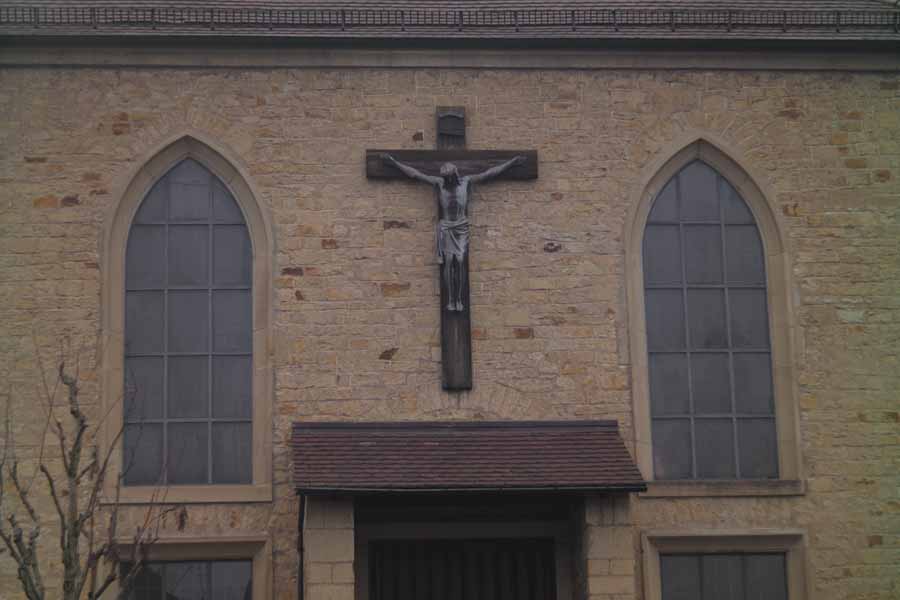 |
|
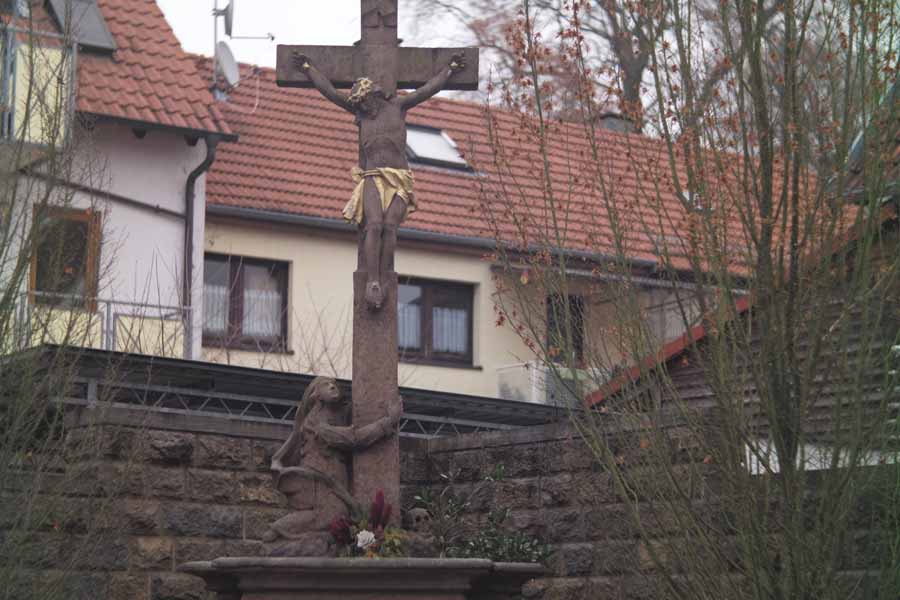 |
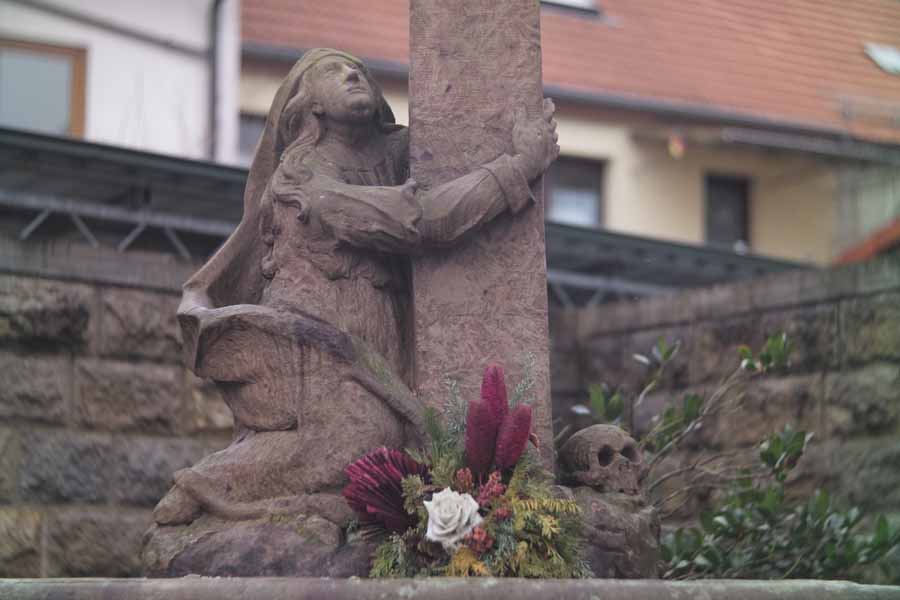 |
|
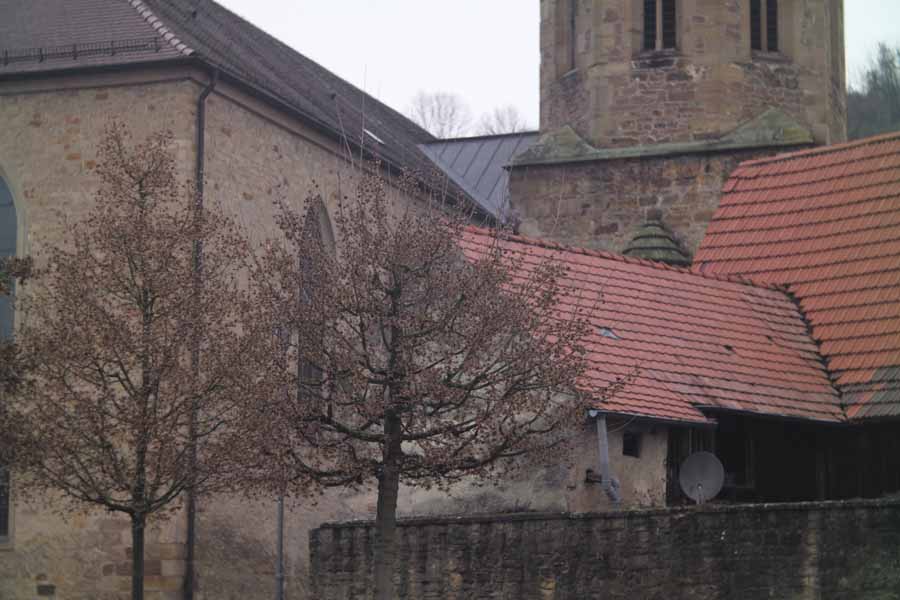 |
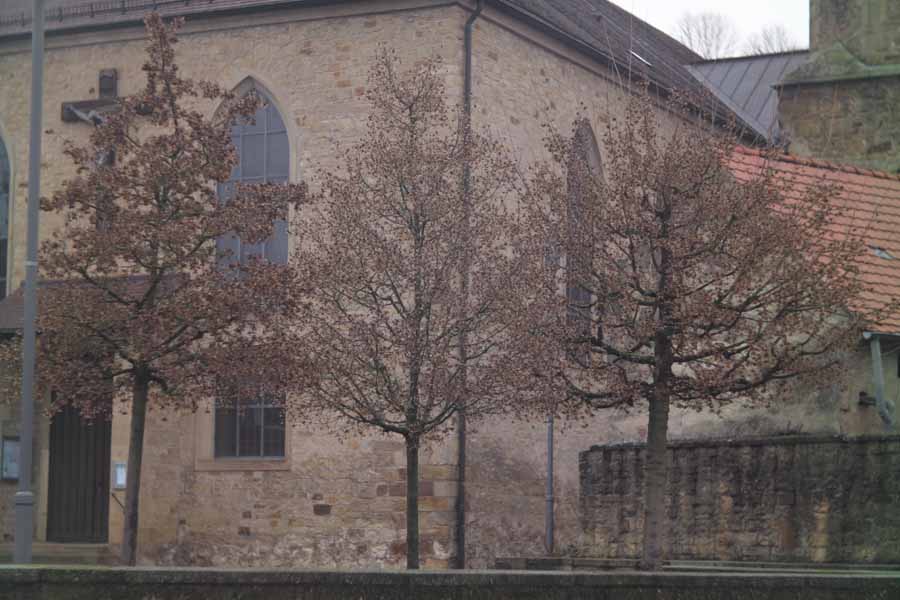 |
|
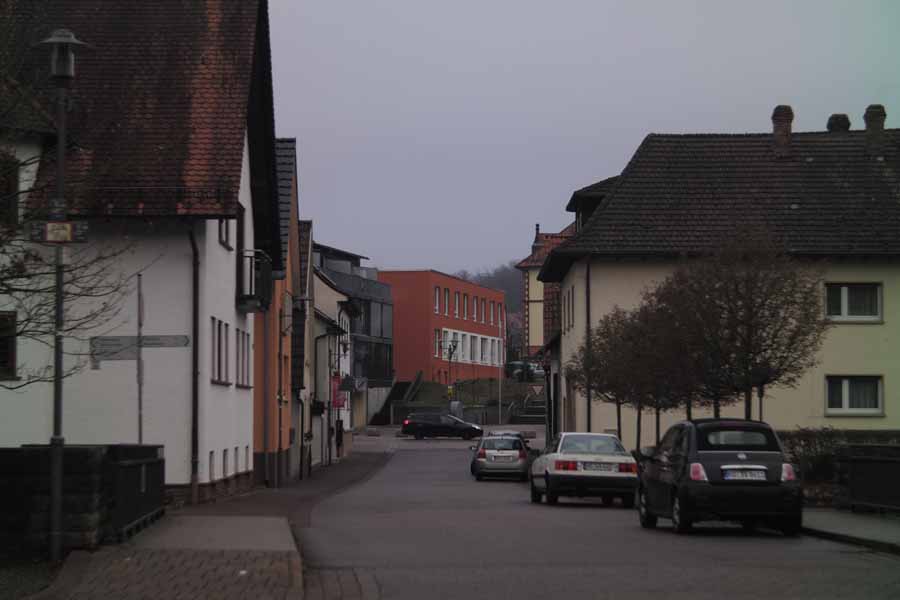 |
 |
|
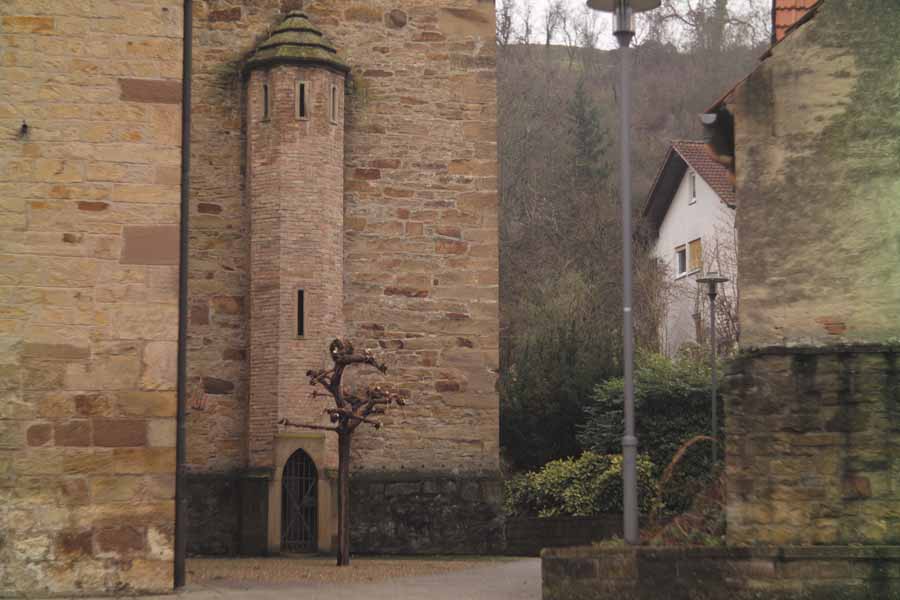 |
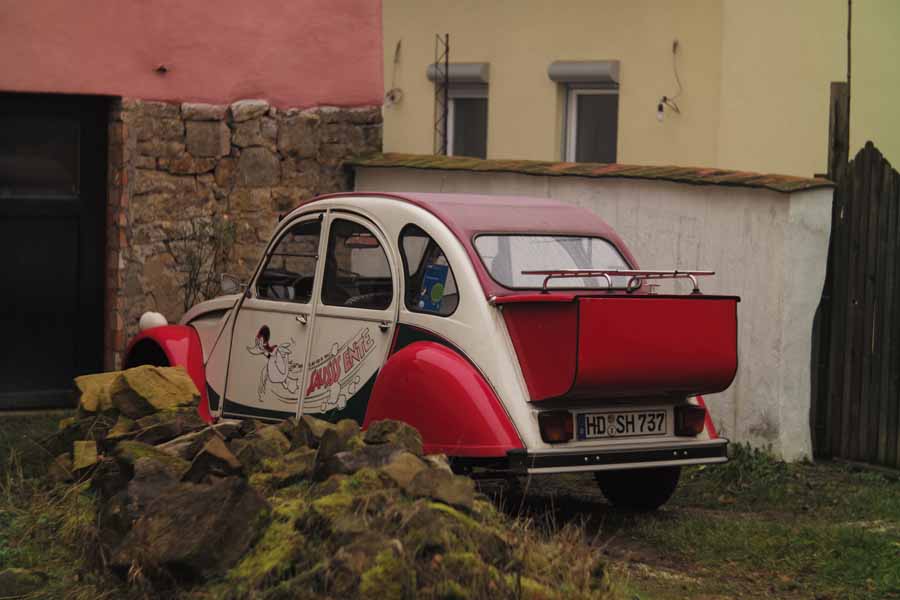 |
|
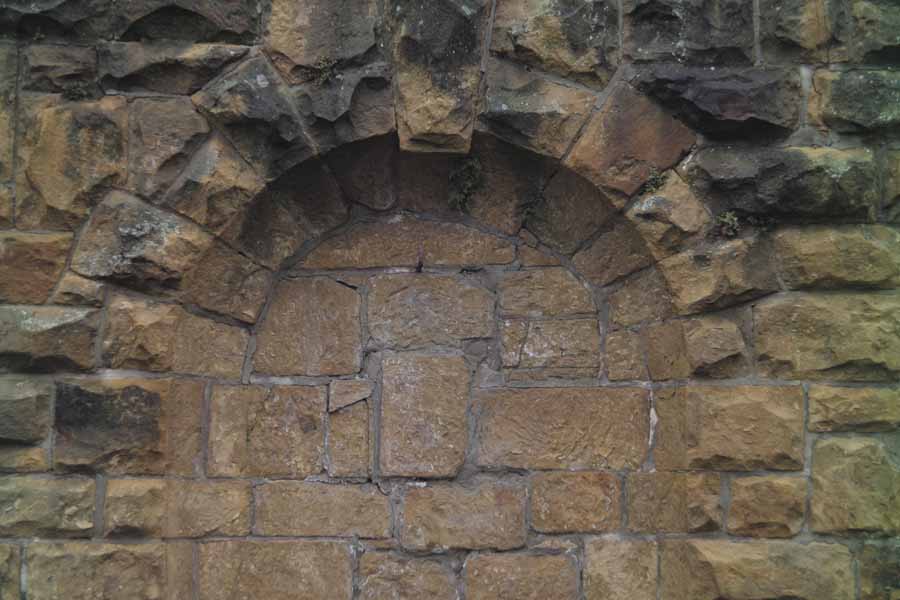 |
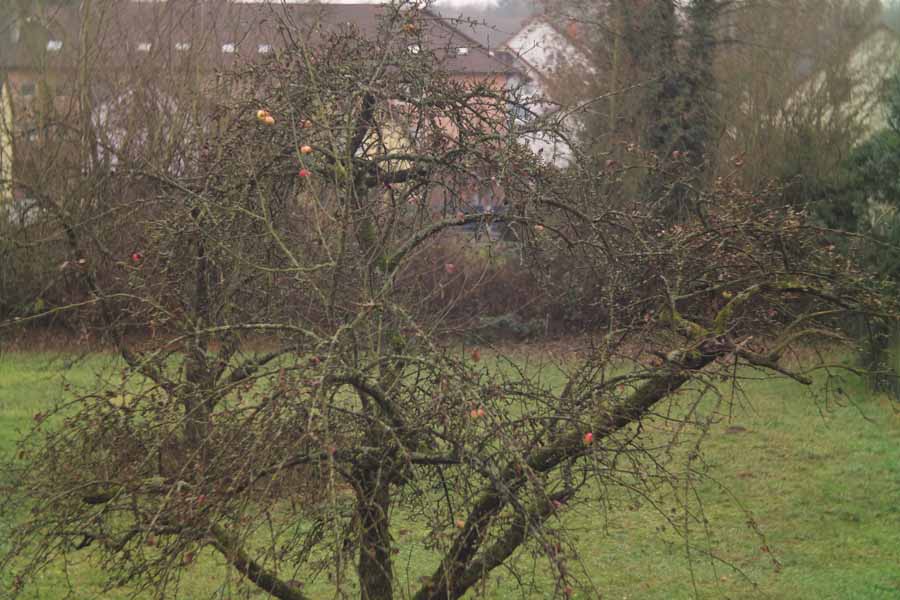 |
|
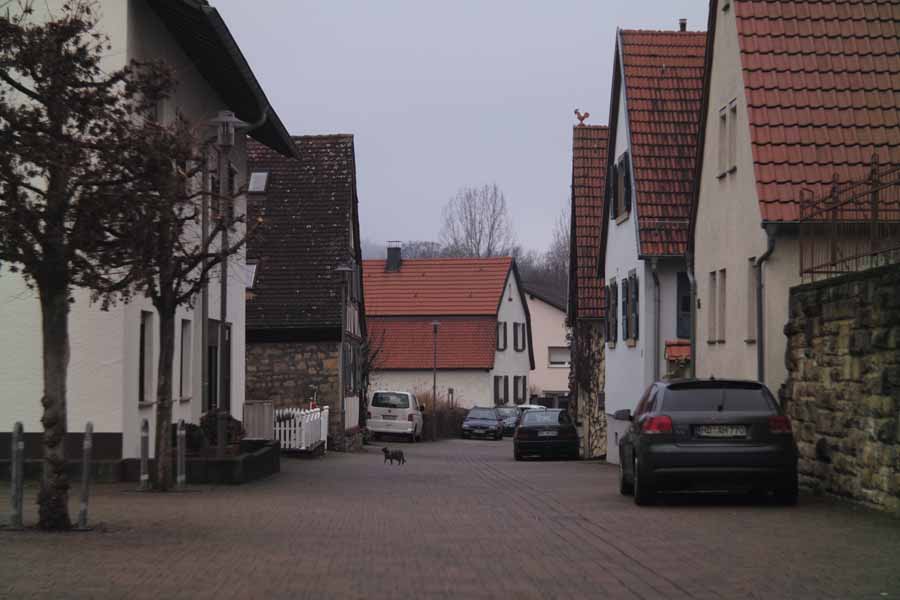 |
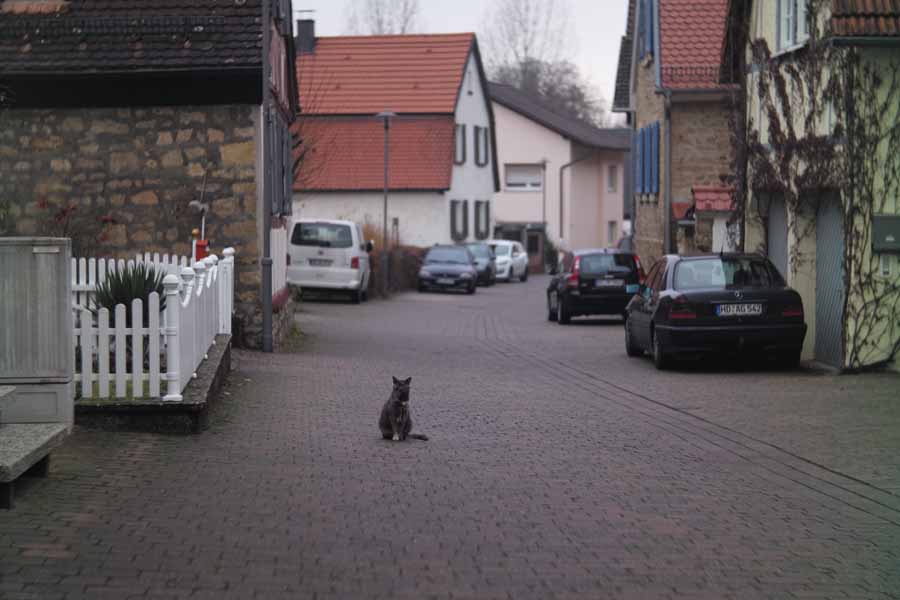 |
|
 |
 |
|
 |
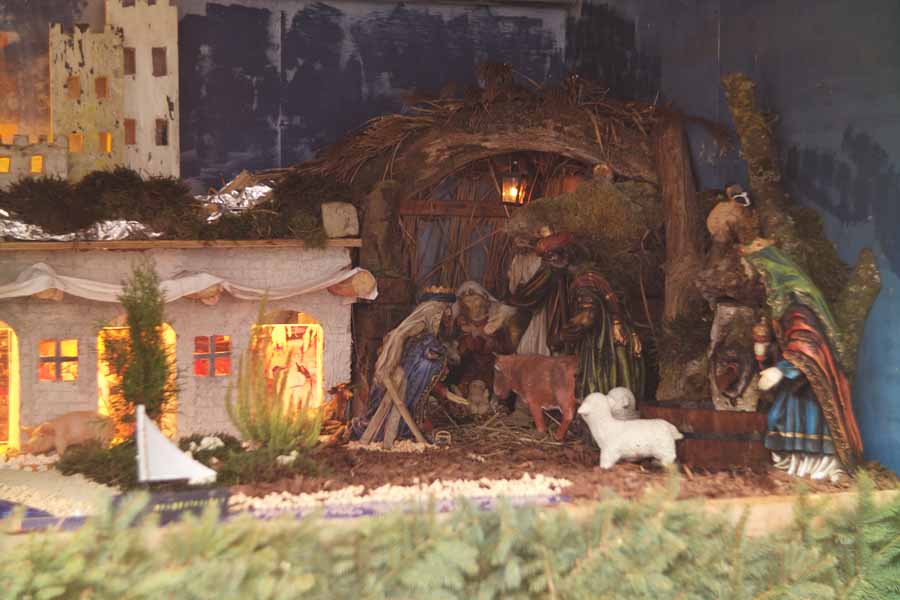 |
|
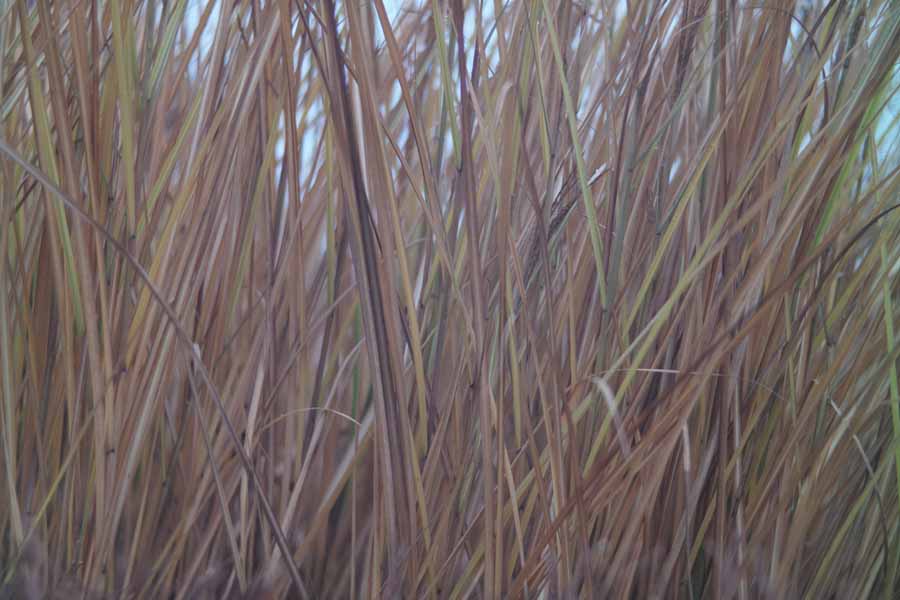 |
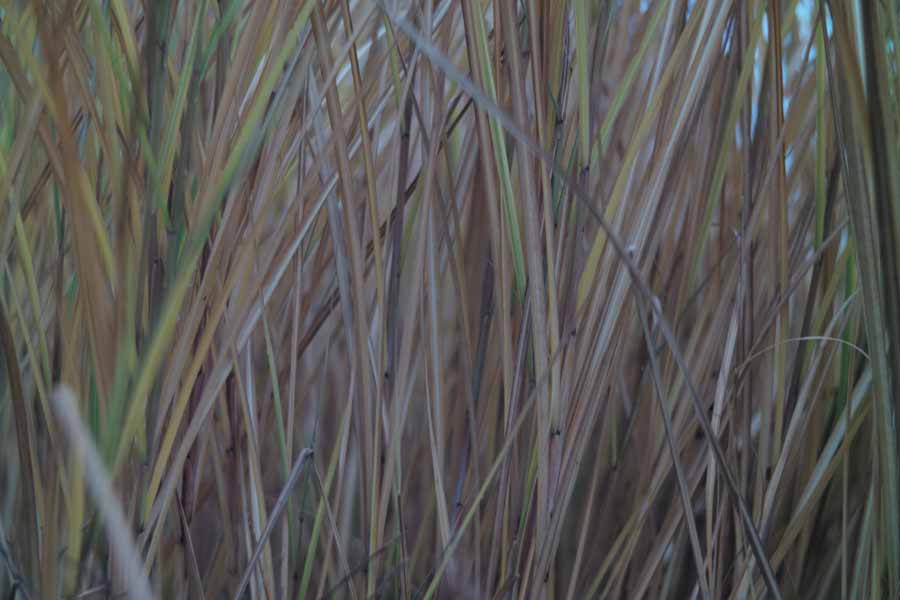 |
|
 |
 |
|
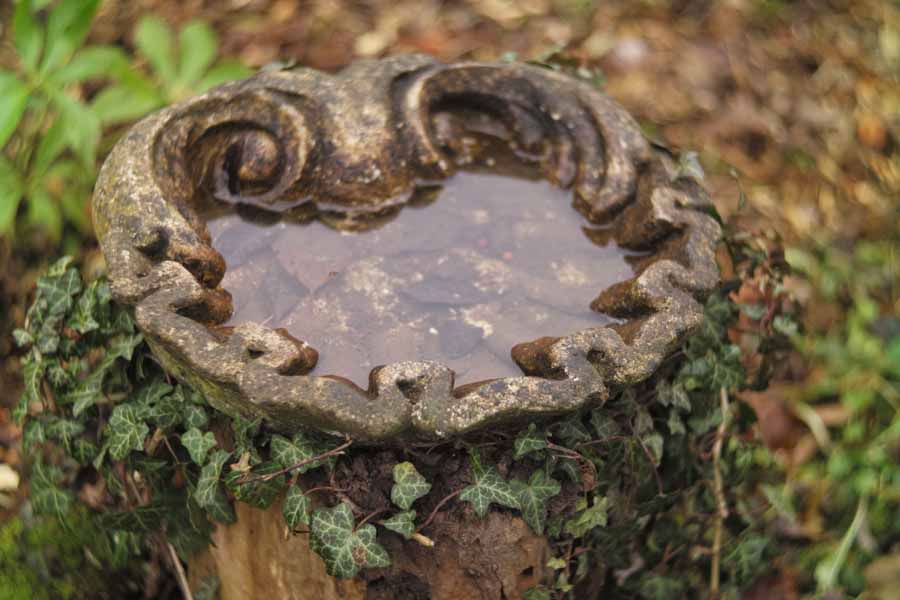 |
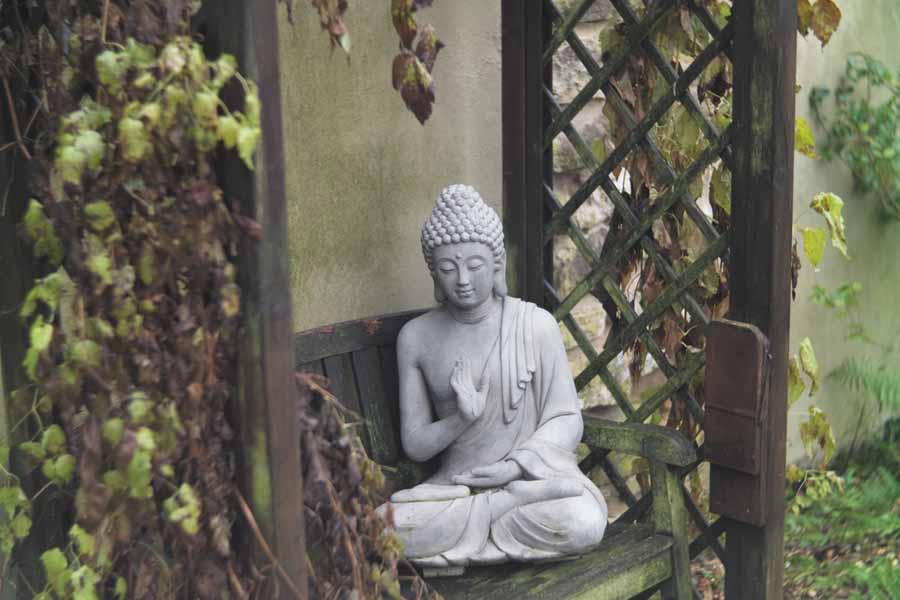 |
|
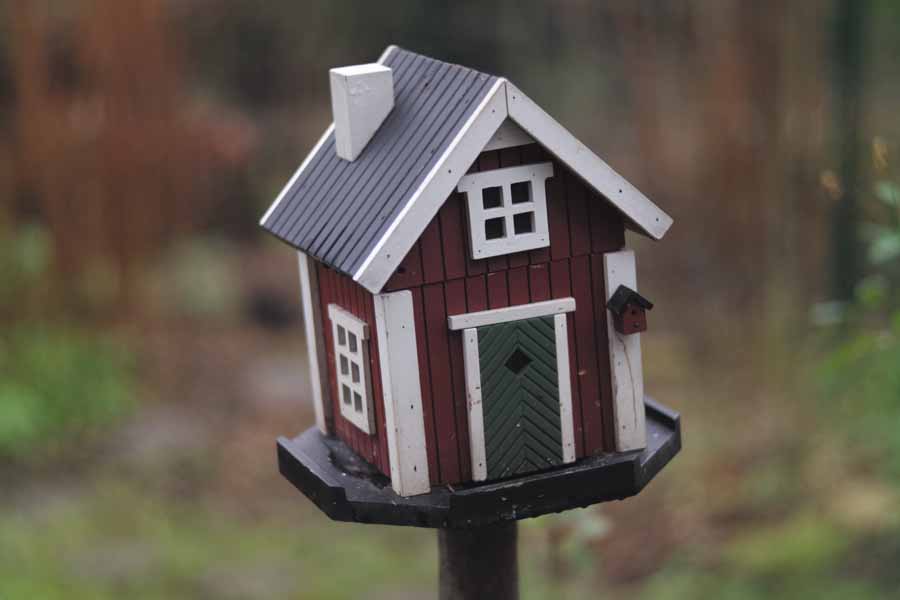 |
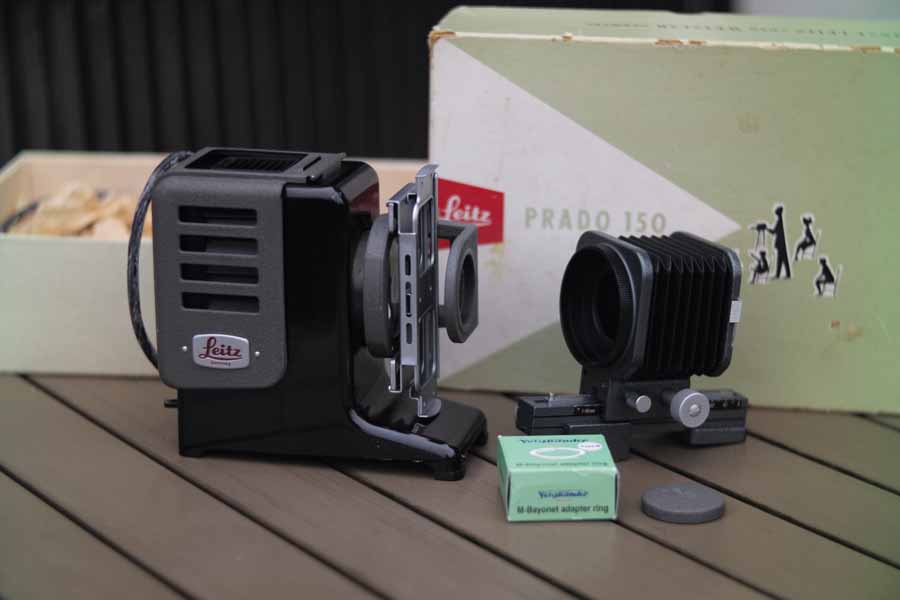 |
|
 |
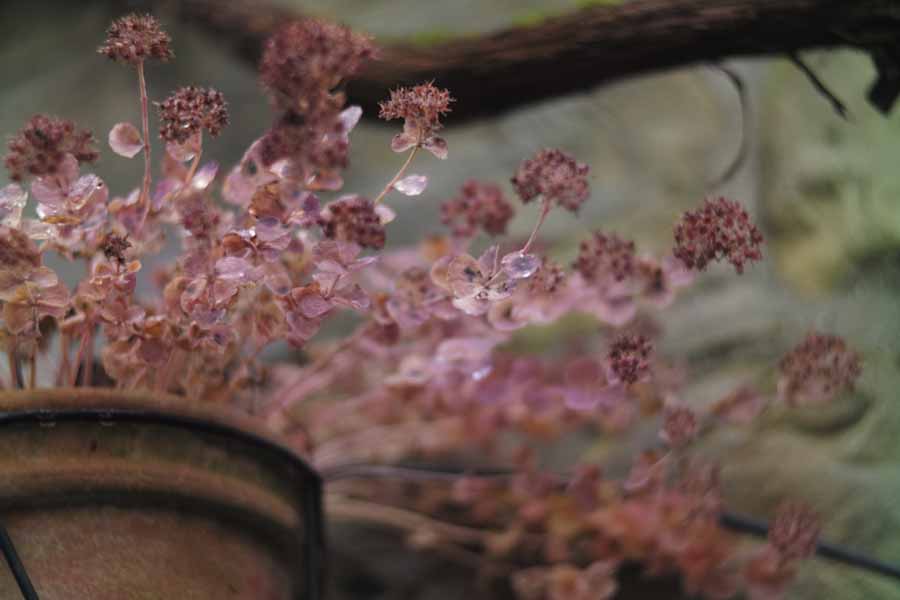 |
|
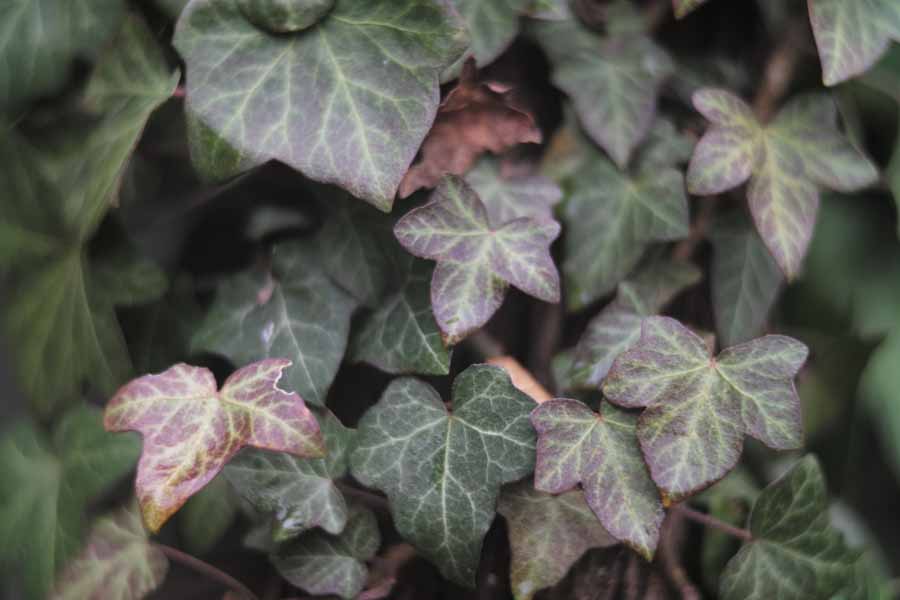 |
 |
|
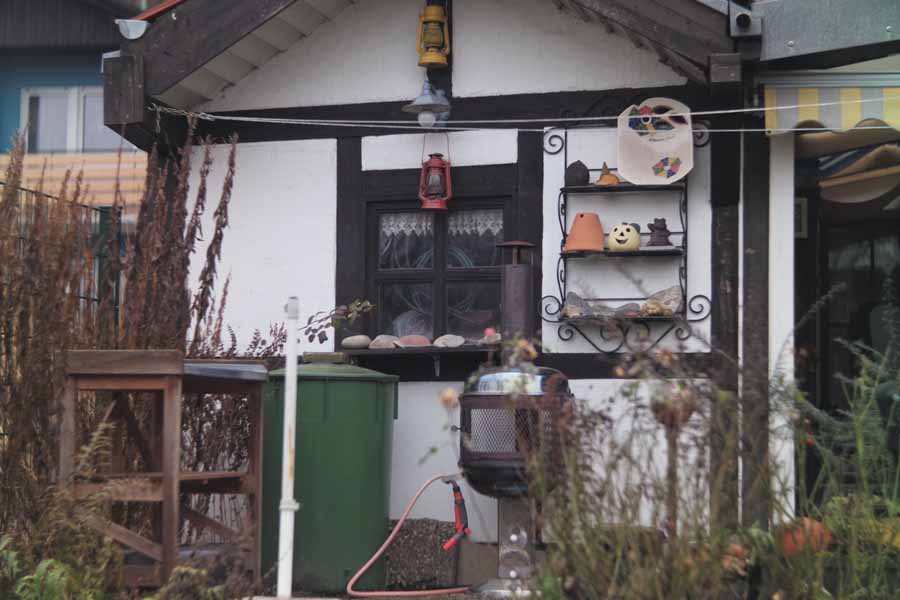 |
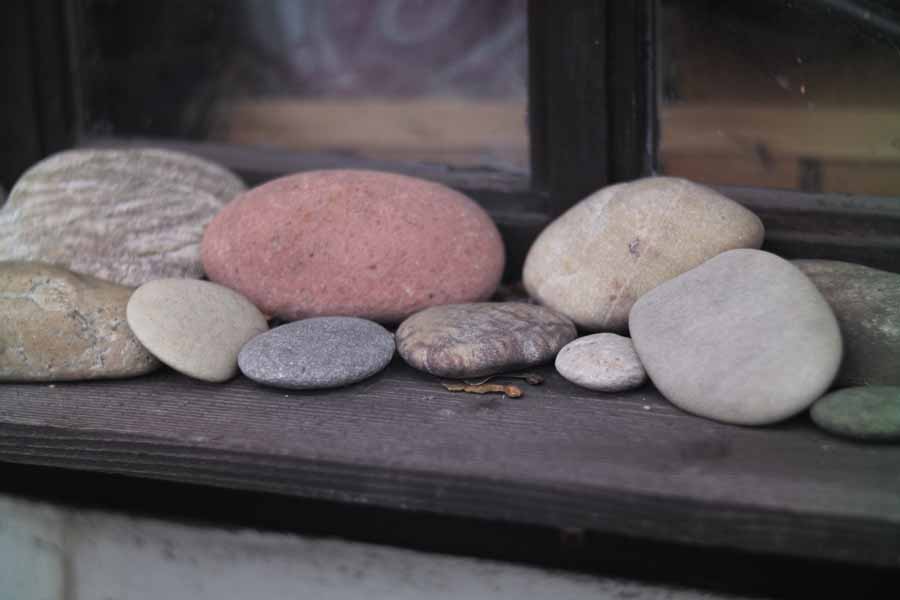 |
|
Original versus Post-Processed Photos - No Color Shading Correction
The Leitz Hektor 85mm f/2.5 projection lens has little contrast, which is already visible in the EVF. Moreover, the images are rather soft. I therefore post-processed some of the photos above, mostly increasing contrast and sharpness. Of course, it is always a matter of taste how you process photos...
 |
 |
|
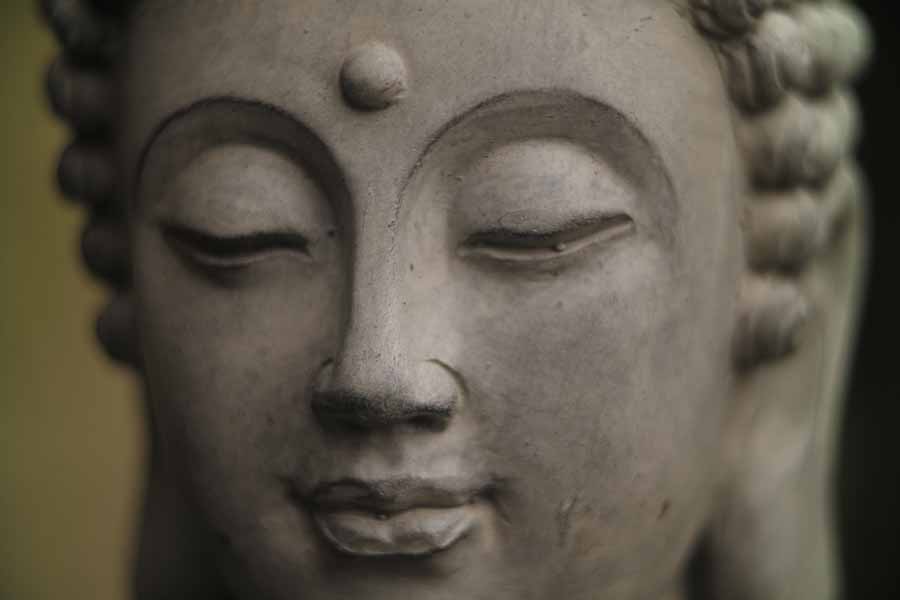 |
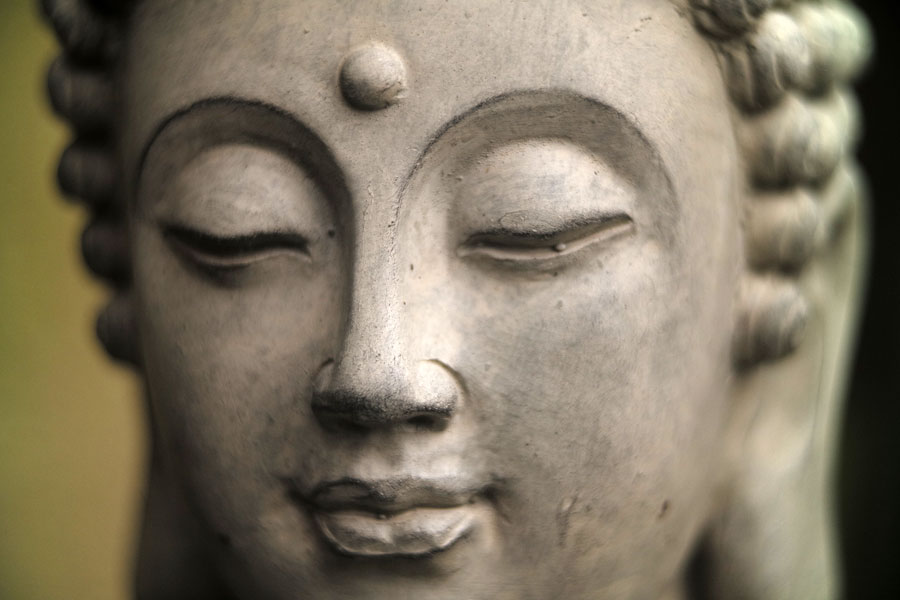 |
|
 |
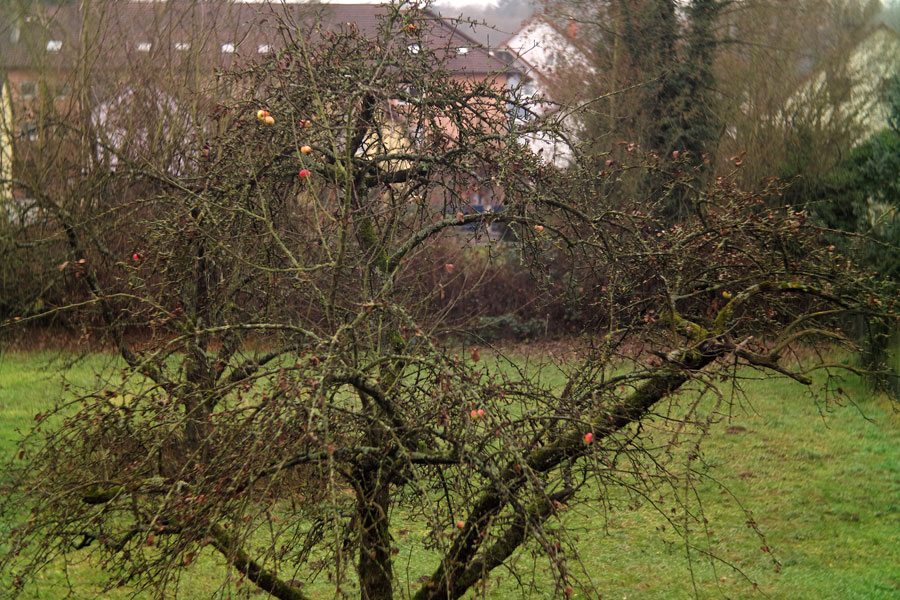 |
|
 |
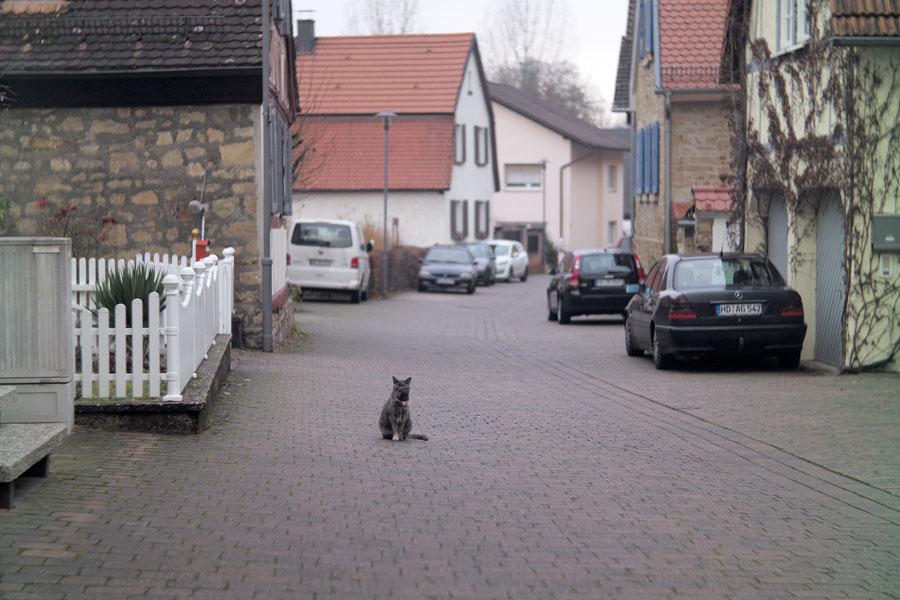 |
|
 |
 |
|
 |
 |
|
 |
 |
|
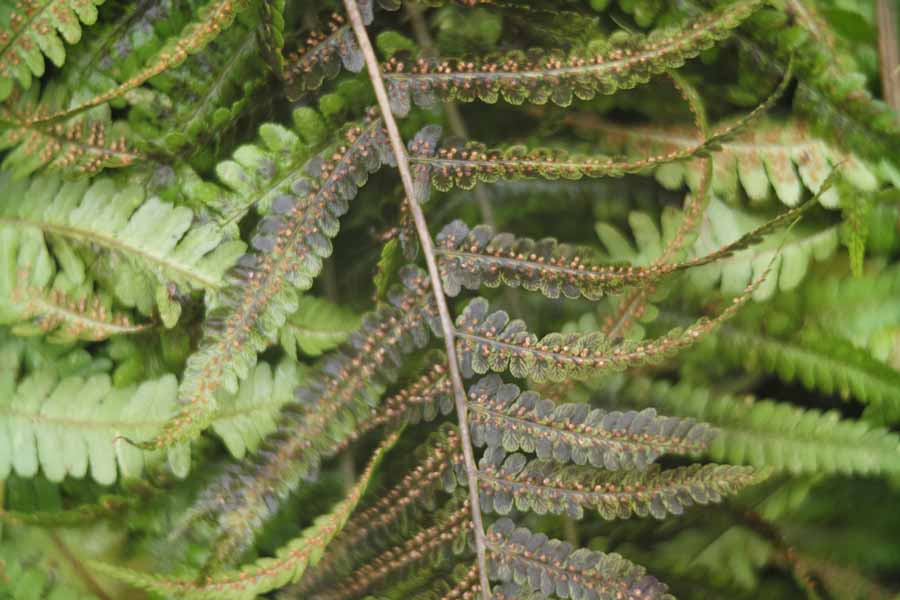 |
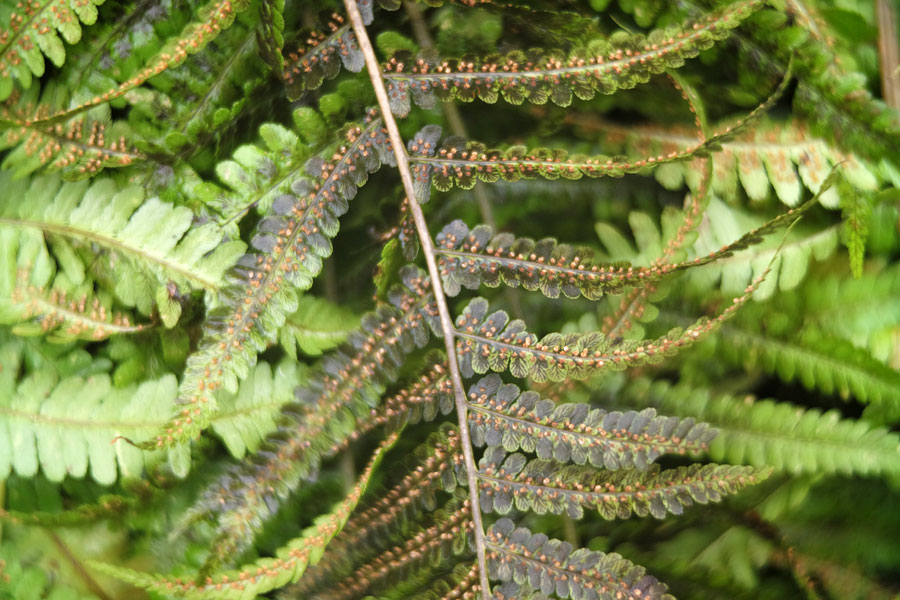 |
|
A Selection of My "Standard" Test Photos - No Color Shading Correction
The following photos are more or less my "standard" test photos that I take with each of my lenses (a few of the "standard" photos are already presented above). Here, I present photos that were slightly post-processed (contrast, sharpness), since the original photos look somewhat "disappointing." With a little post-processing, however, I was able to improve the visual impression of the photos, although sharpness is still lacking (the center may be acceptable...).
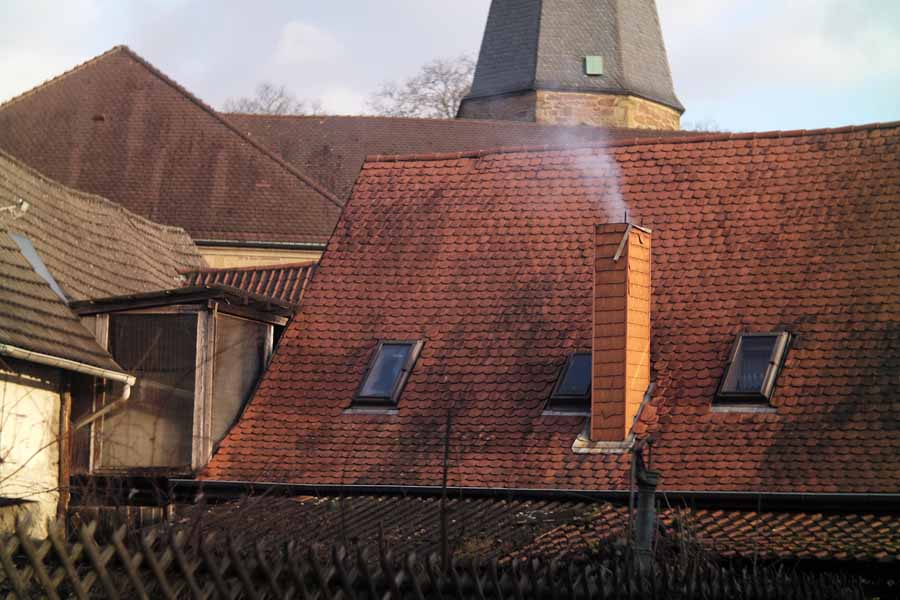 |
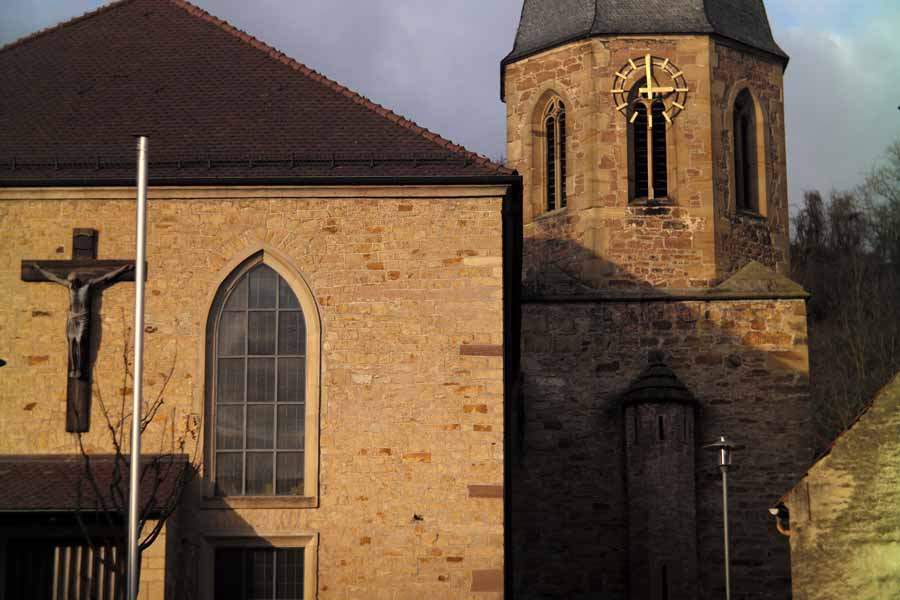 |
|
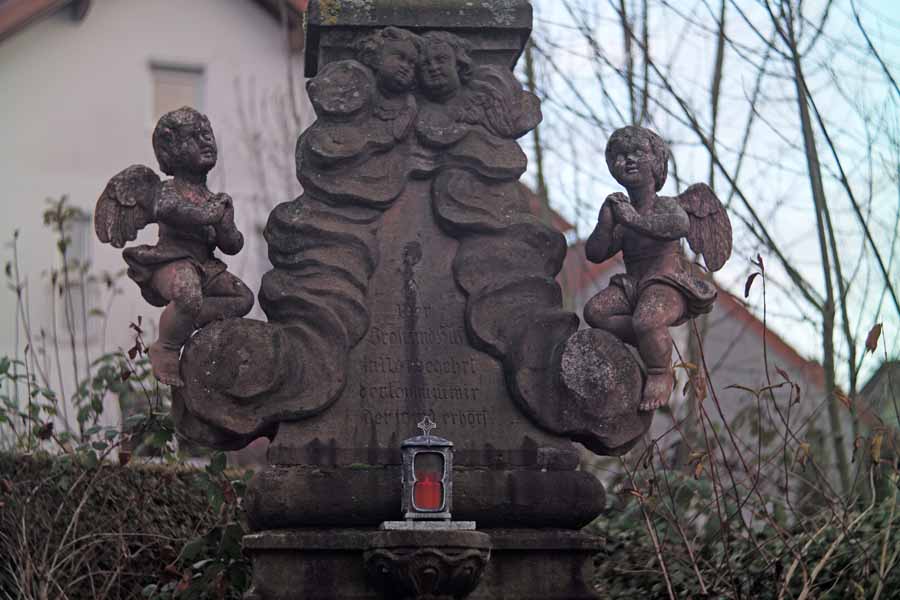 |
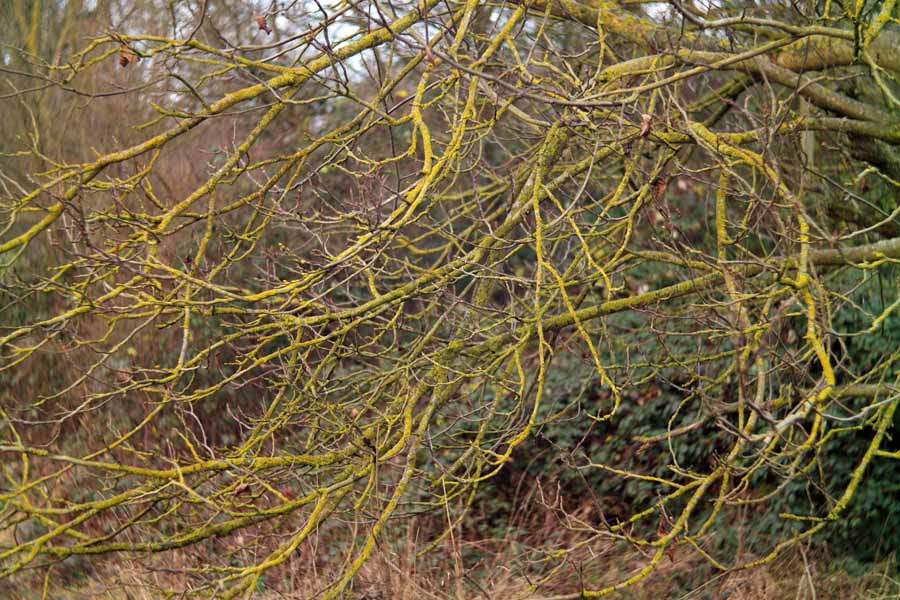 |
|
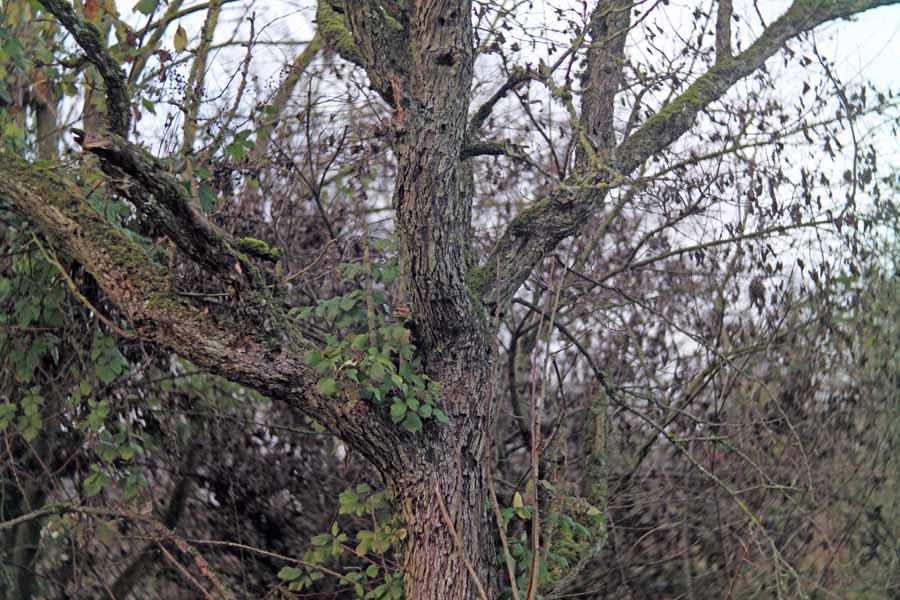 |
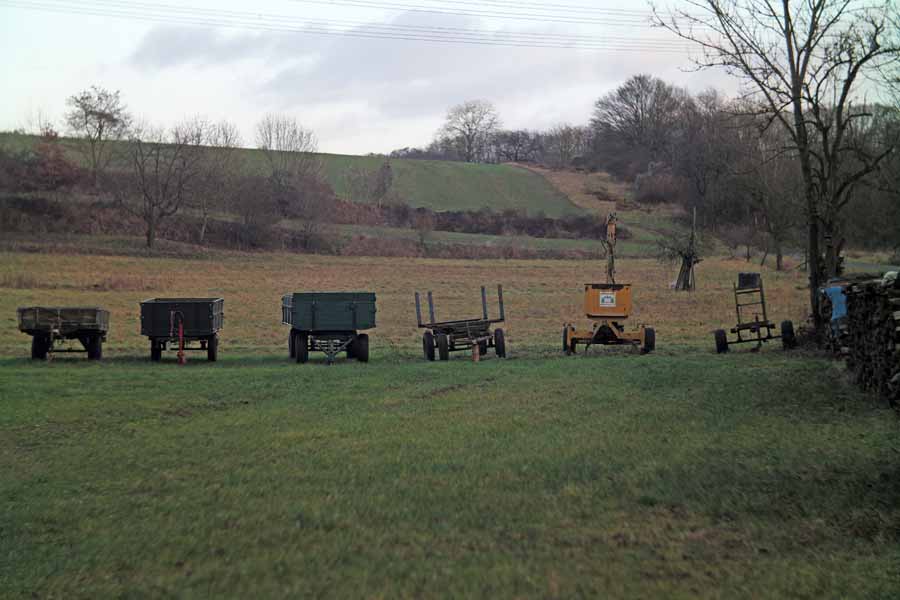 |
|
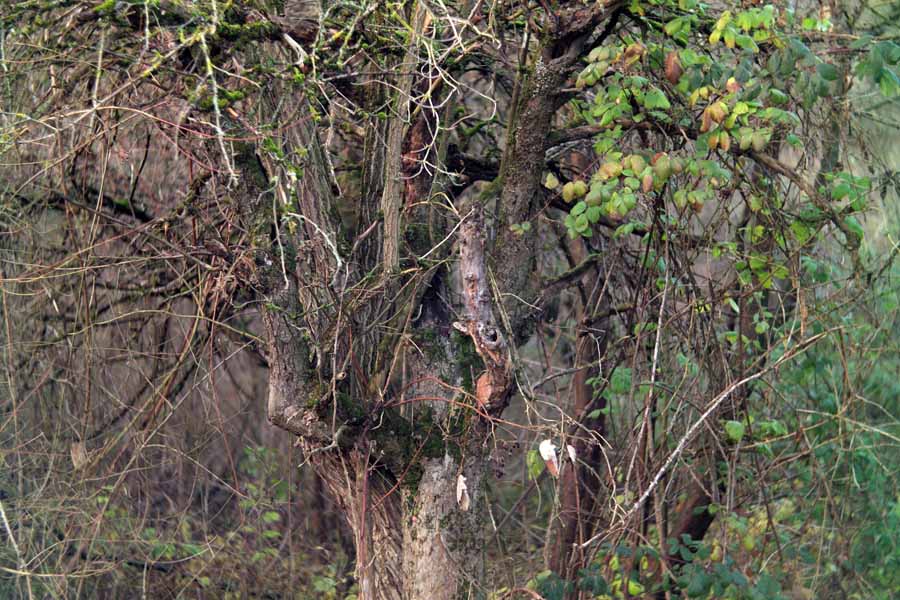 |
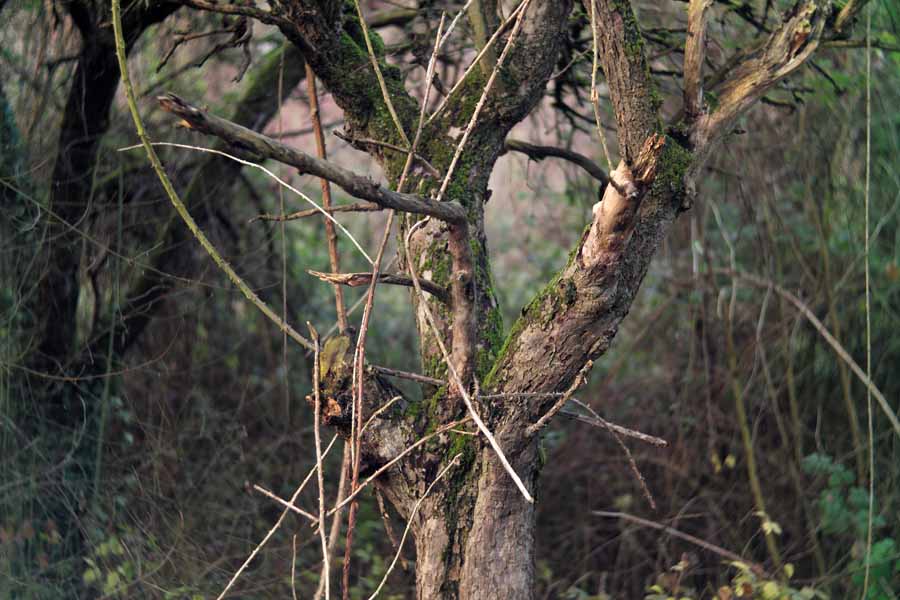 |
|
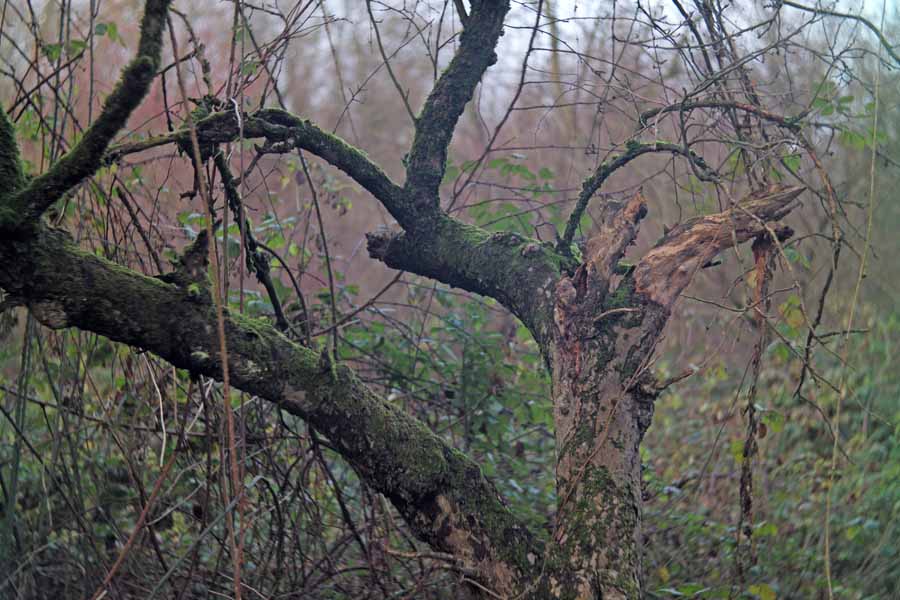 |
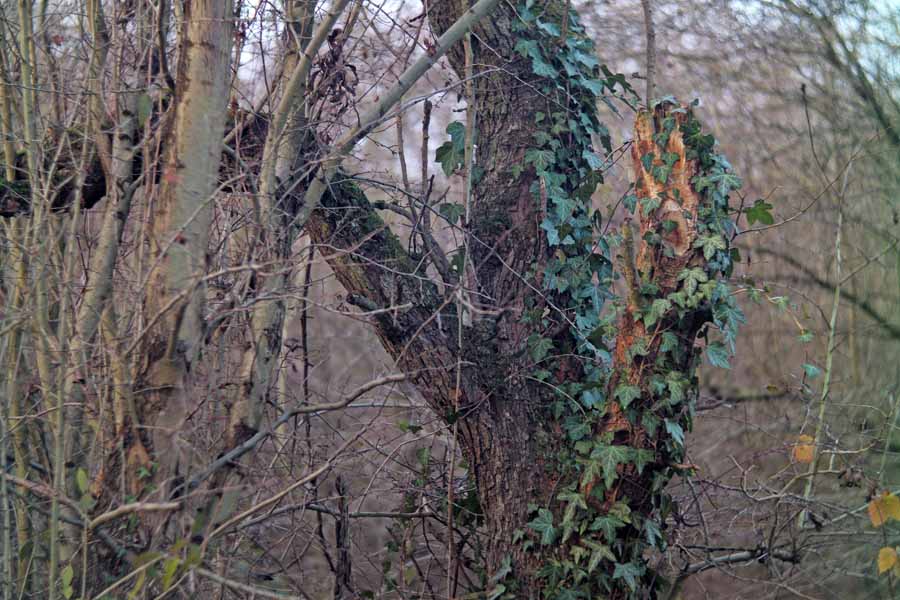 |
|
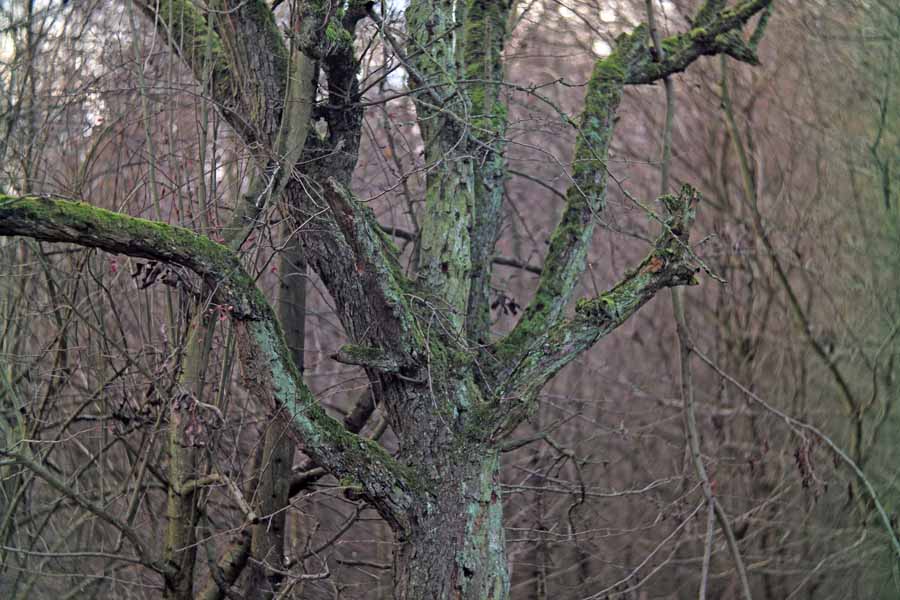 |
 |
|
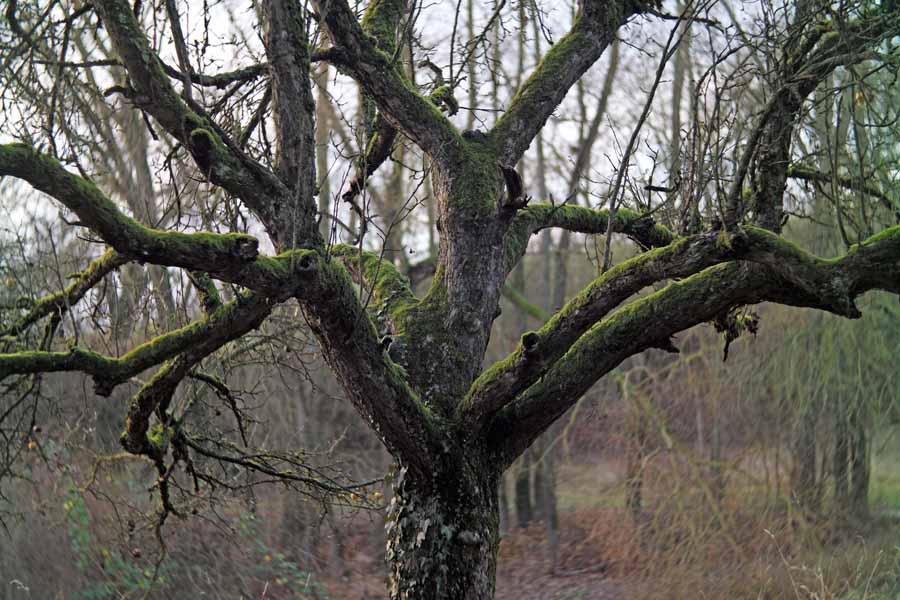 |
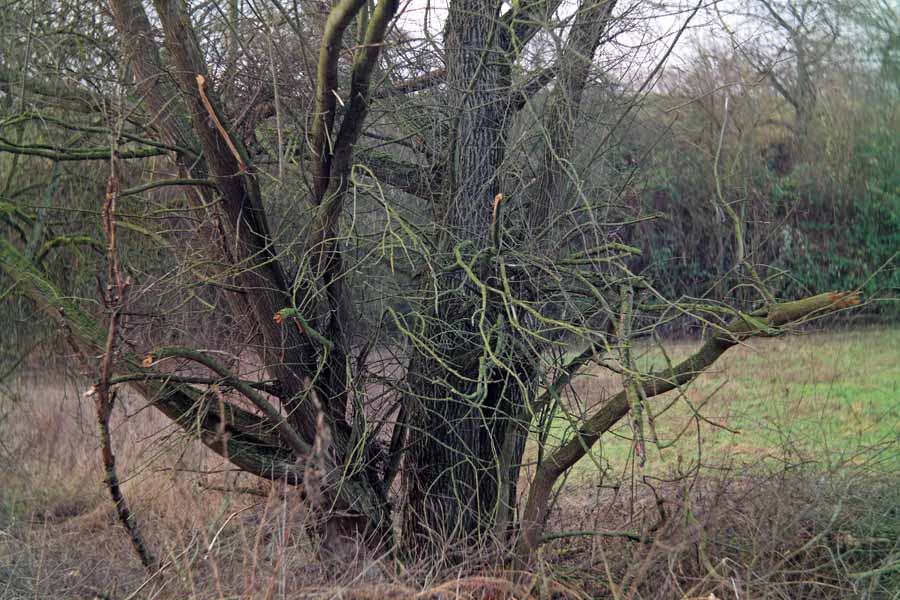 |
|
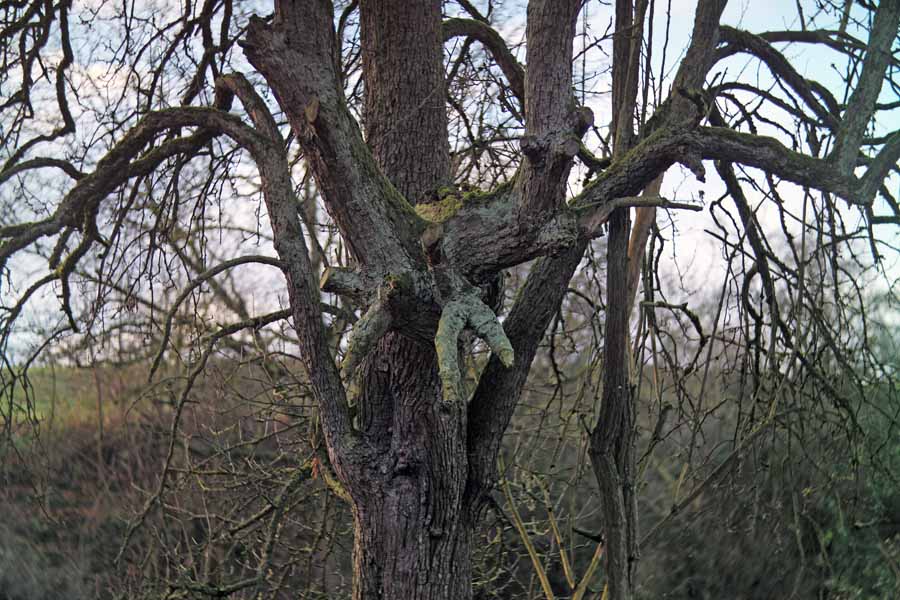 |
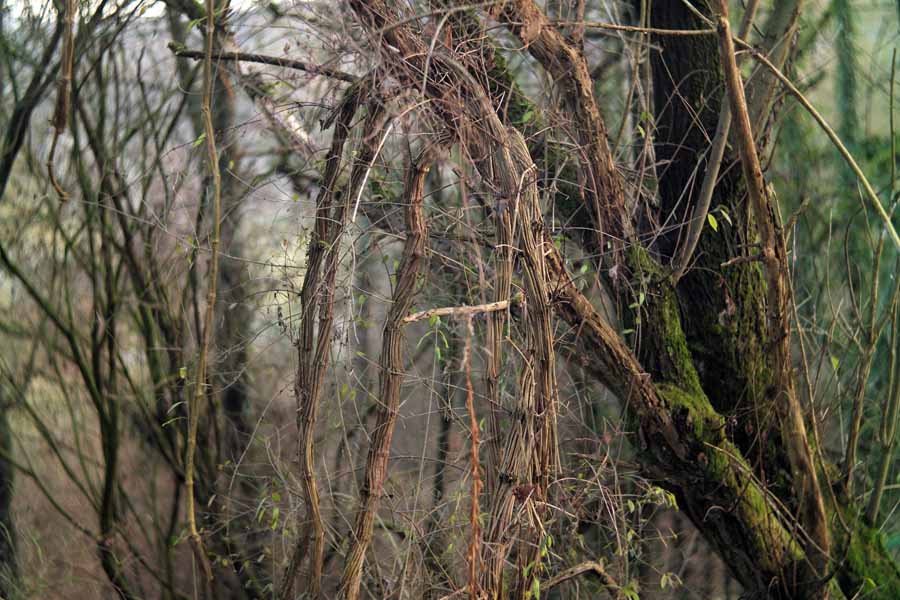 |
|
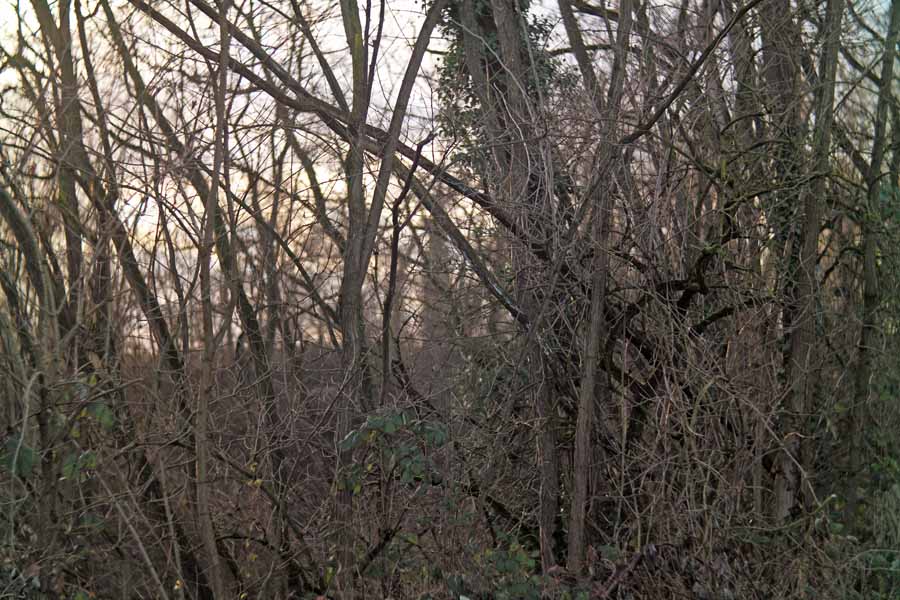 |
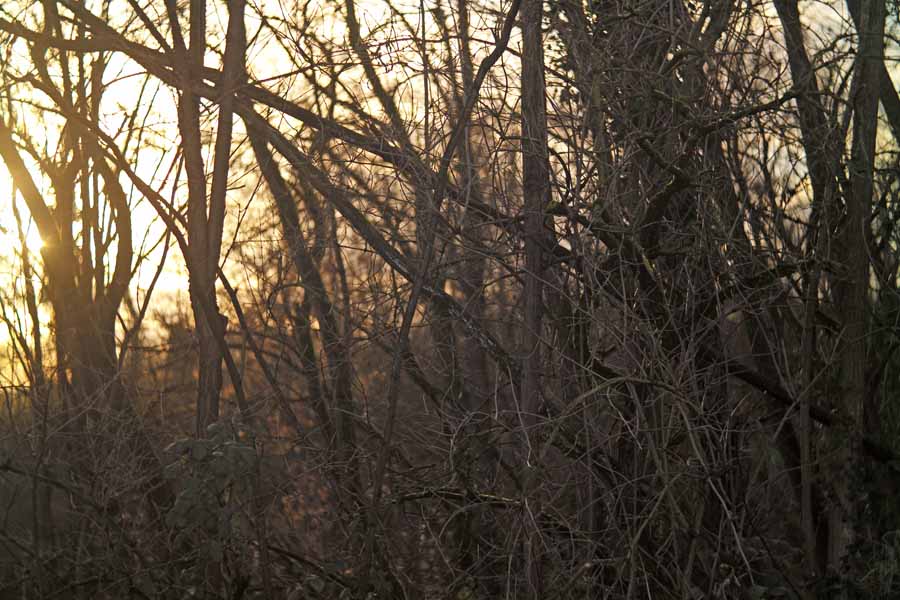 |
|
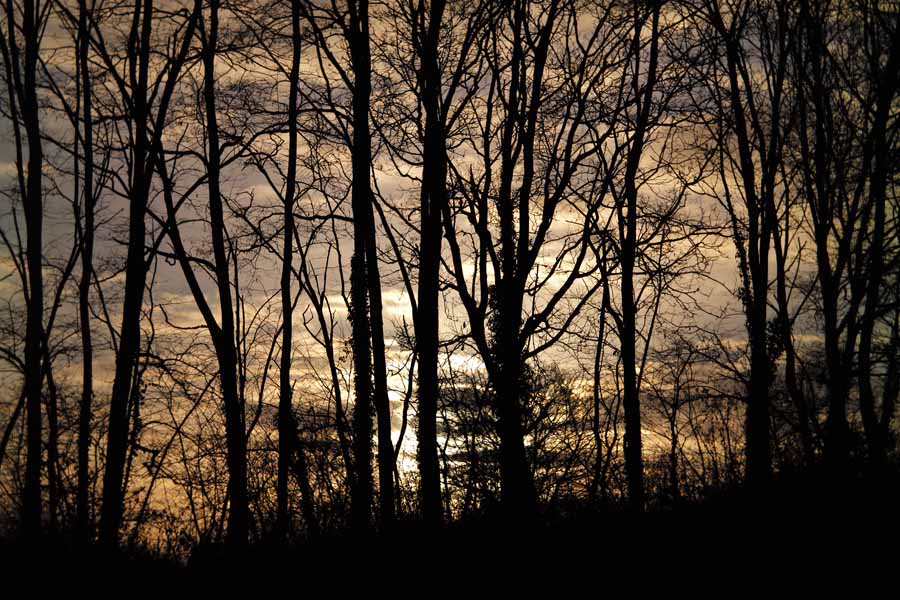 |
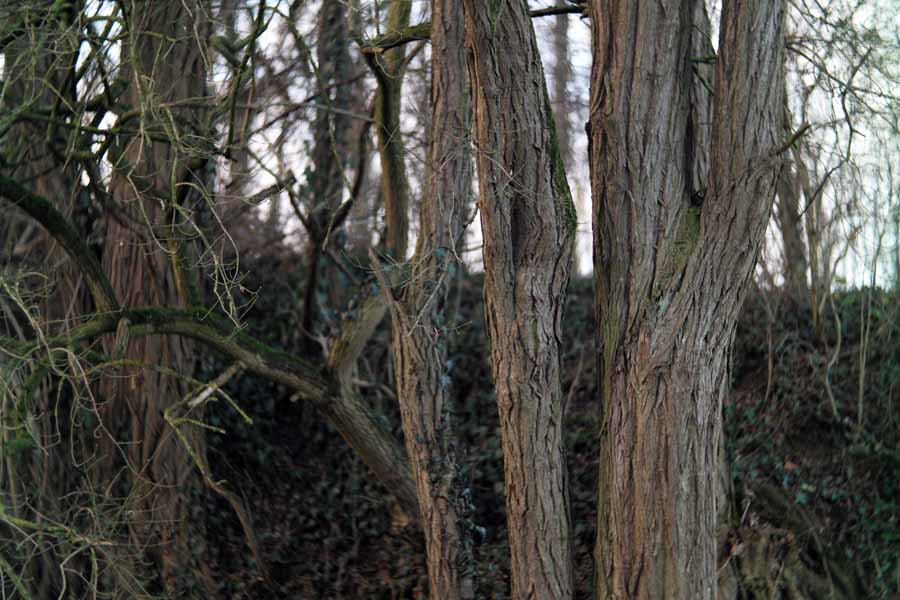 |
|
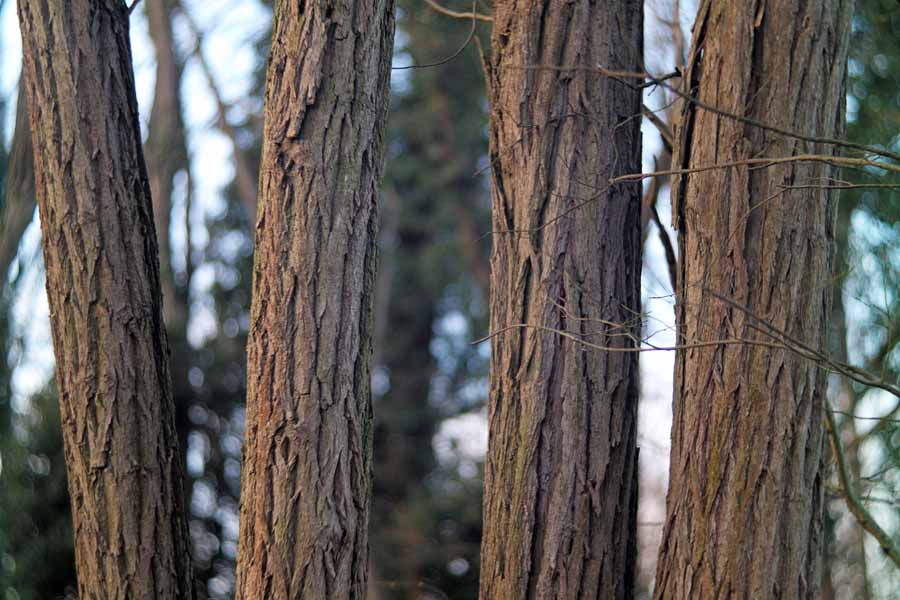 |
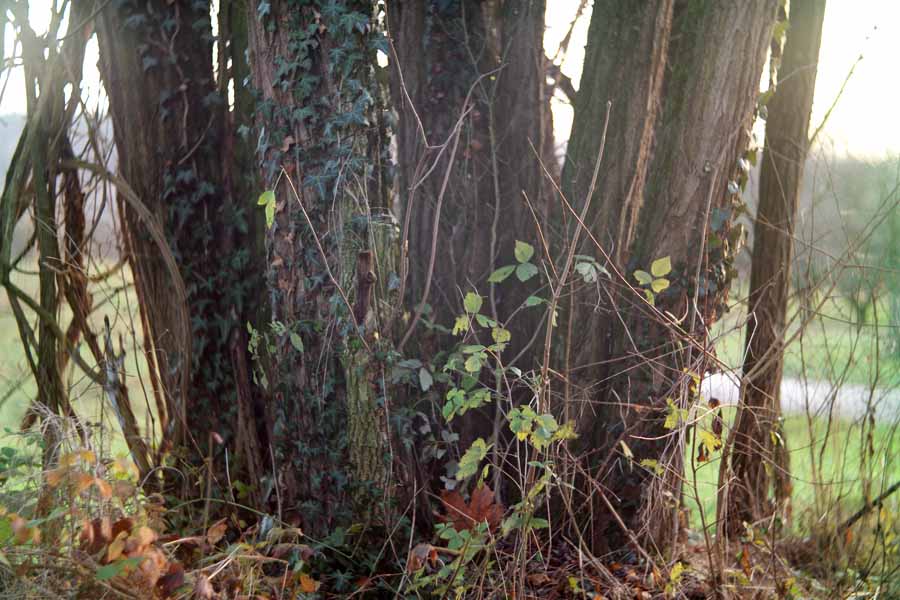 |
|
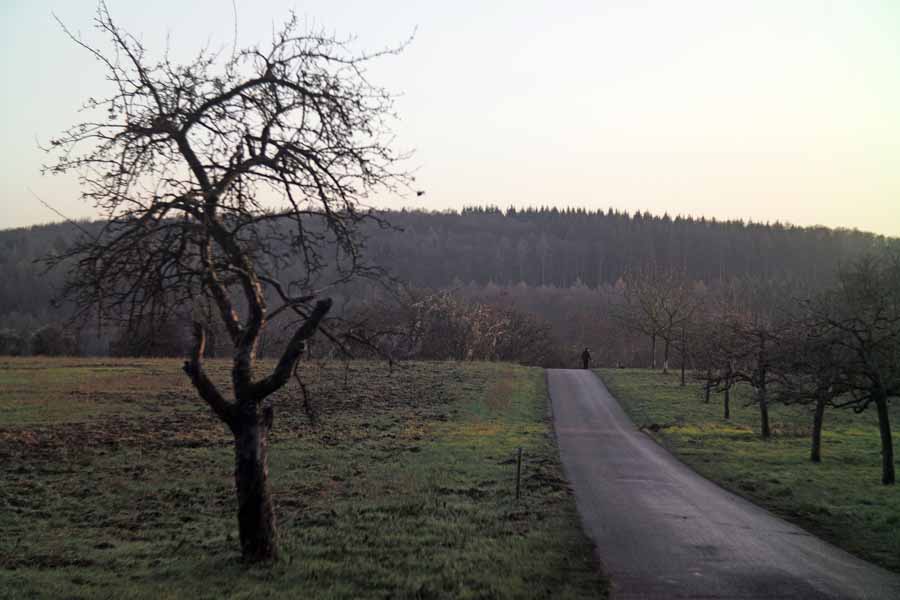 |
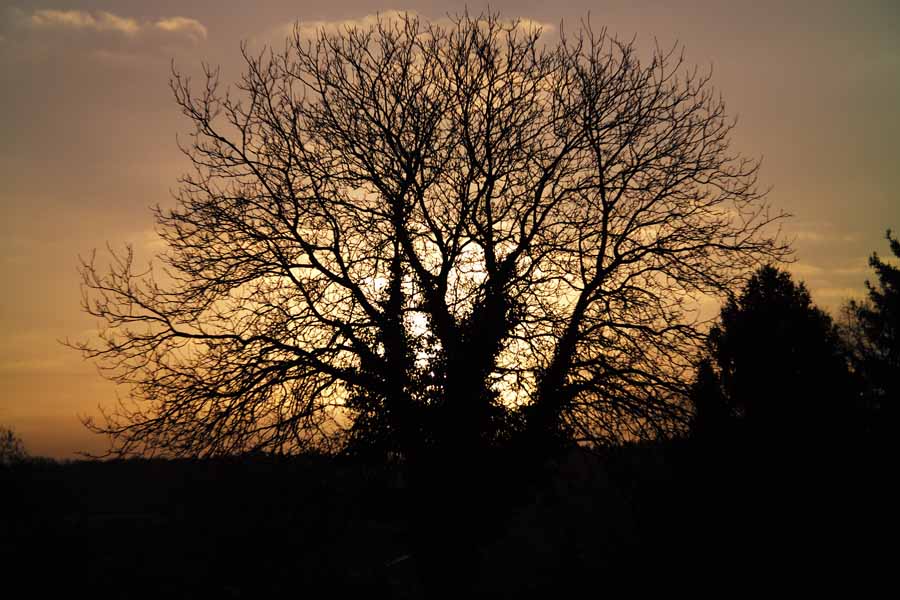 |
|
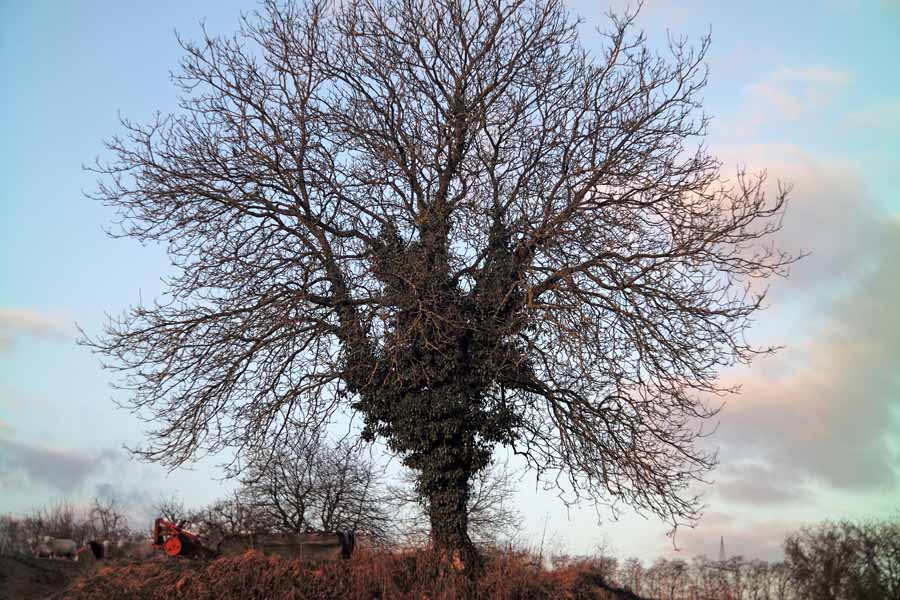 |
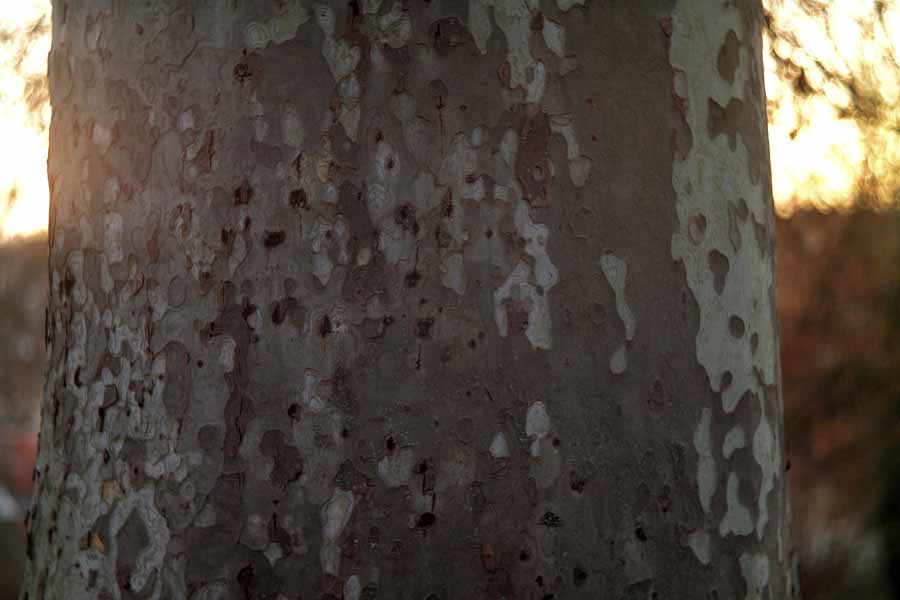 |
|
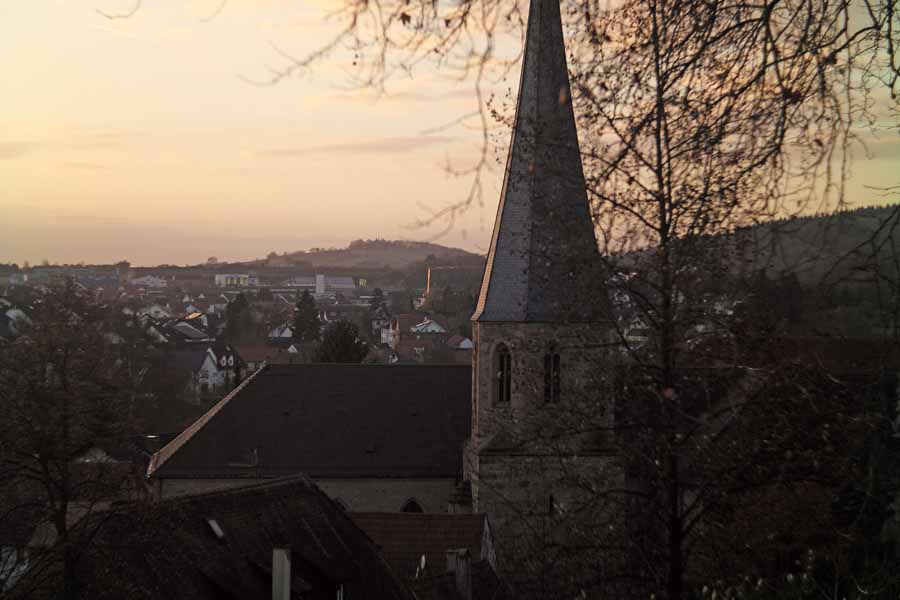 |
Close-Up Behavior
Smallest Object Field / Magnification
| Smallest object field / | 164 mm x 110 mm (my own data*) |
| Magnification | 1:4.6 (my own data*) |
*) See photo below (calculated, I get about: 187 x 125 mm / 1:5.2):
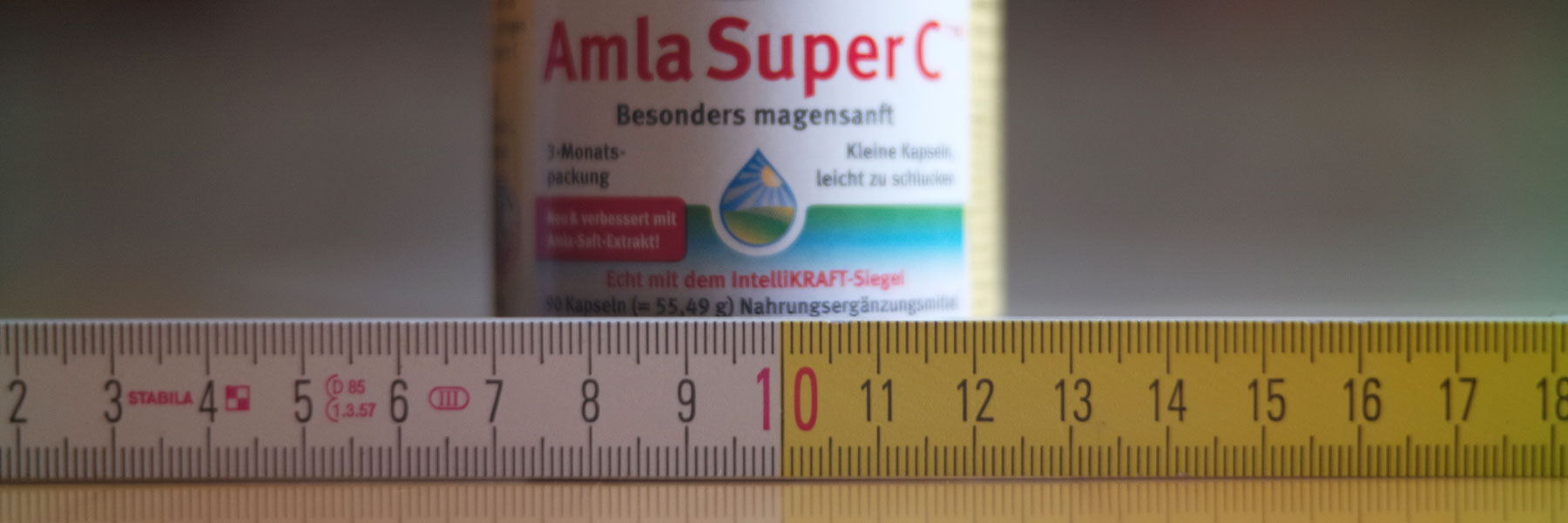
Photo: Determining the smallest object width for the Hektor lens (about 164 mm)
(Mostly) Closest Distance - No Color Shading Correction
The following photos are meant to demonstrate the lens' close-up behavior.
Conclusions
The Leitz Hektor 85mm f/2.5 lens is a projection lens and not meant to be used at a camera. Particularly, it does not have an aperture mechanism so that you always shoot at "wide open" with this lens. Thanks to the tube that can be unscrewed from the slide projector Leitz Prado 150, the lens offers a mechanism for setting the distance when it is used at a camera. Of course, there is neither a distance scale, nor does the mechanism stop when infinity is reached. But, at least, you can focus up to infinity - and even beyond. At the near end, I was able to focus up to a distance of about 45 cm from the front of the lens. If you go closer, the lens loses mechanical contact with the tube and might fall out of the tube.
What about the results that this lens produces? I would say that they are "special" and interesting. First of all, the lens lacks contrast, which is very evident already in the electronic viewfinder. This can, of course, be corrected in post-processing fairly well (see the comparisons of unprocessed and post-processes photos above). Probably, the lens is also prone to flare, which I was not able to test up to now. Color shading is, however, not an issue with this lens (except for that you set an inappropriate lens manually, as I did initially; that is, I had forgotten to remove it...).
Secondly, the lens produces very soft images, particularly outside of the center. Depending on the subject, this may or may not be a problem for you. To a certain degree, you can sharpen the images so that at least the center may look OK. I did not experiment much with sharpening up to now and therefore cannot make any comments on this, except for that strong sharpening is needed for visible effects, and this considerably increases image noise. Therefore, low ISO values are recommended.
Third, thanks to its aperture of f/2.5, depth of field is very small, particularly when shooting close-ups. This can be a problem for some photos, but can also be a benefit for others. Up to now, I think that this is the most interesting characteristic of this lens. Particularly, close-up shots (the minimum object size is a little more than a postcard) look great because the background is blurred. Of course, more extended objects might drive you crazy when using this lens... My other lenses with wide opening cannot get as close to the subject as this lens does. Therefore, only this lens achieves such effects. Perhaps extension tubes or close-up lenses might be used with these lenses to achieve similar effects.
Since my Leitz Tele-Elmarit-M 90mm f/2.8 has a similar focal length an a maximum aperture of f/2.8, it should provide results that resemble those of the Hektor, but with better overall image quality, which may or may not be an advantage. I therefore compared both lenses and also tested how close I can get with the Tele-Elmarit-M when I use the Quenox extension tube for Leica M (1 cm extension). See page Leitz Tele-Elmarit-M 90mm f/2.8 versus Hektor 85mm f/2.5 for details.
Note: Sometimes, the camera signals that there is no lens attached to the camera...
Links
- Echtes Leica-M Objektiv für EUR 20.- (l-camera-forum thread started by Gienauer; in German): www.l-camera-forum.com/topic/267620-echtes-leica-m-objektiv-für-eur-20/
| 30.01.2017 |
